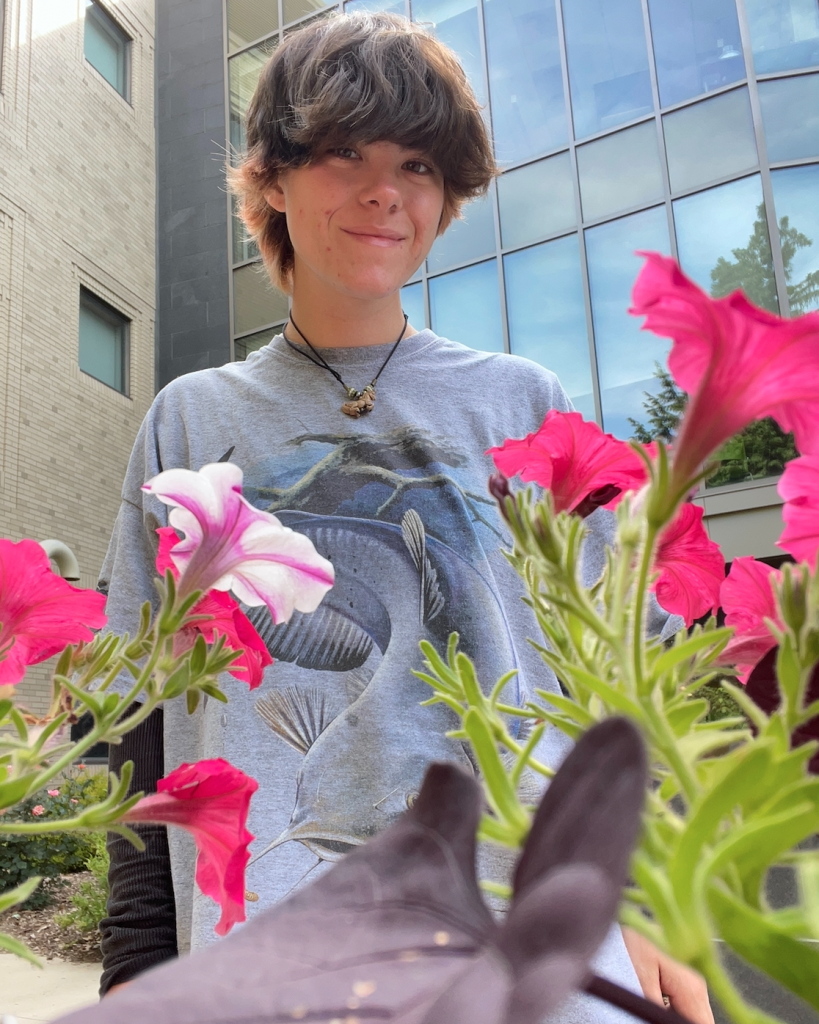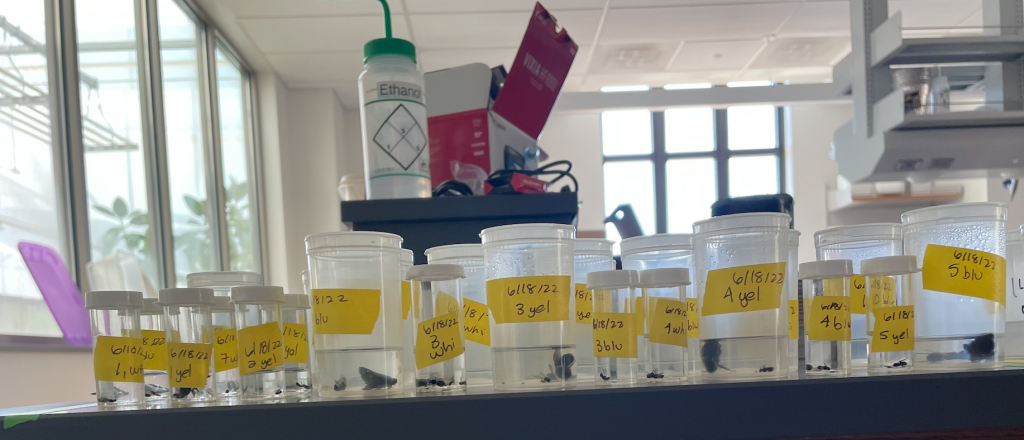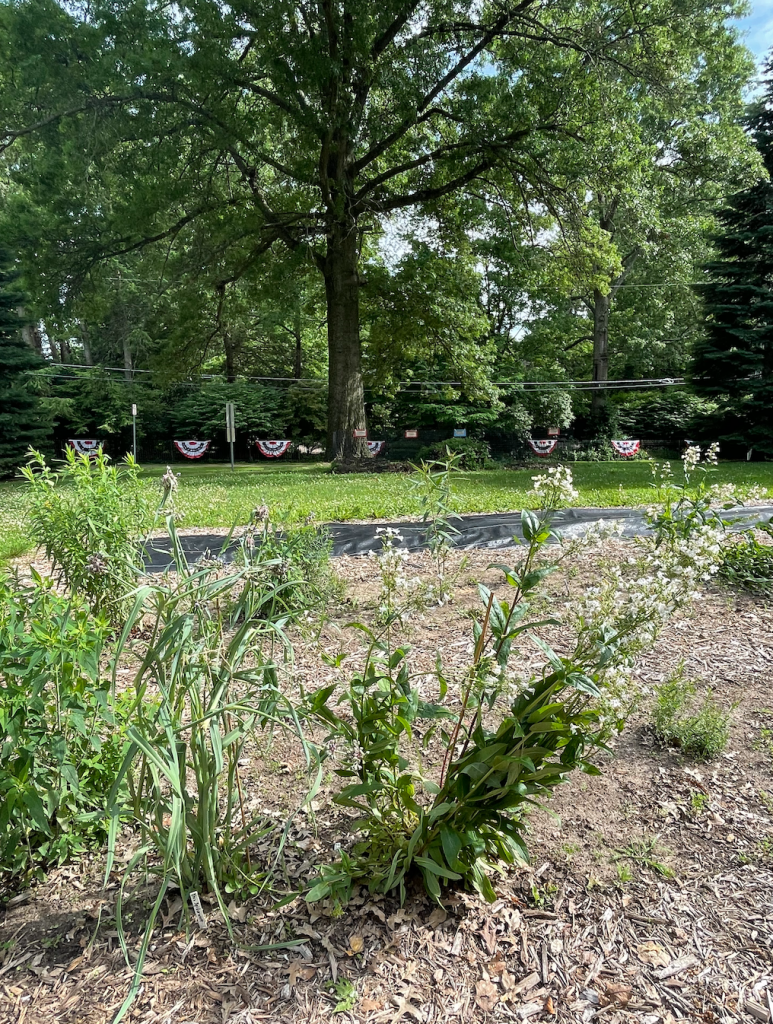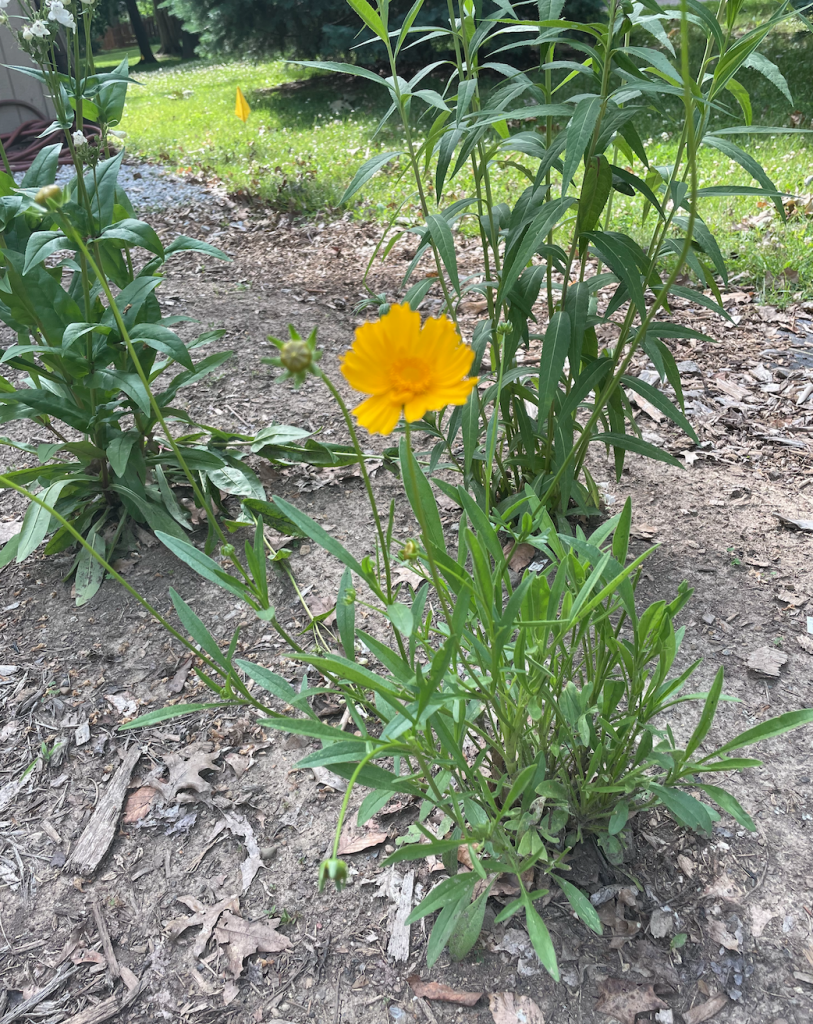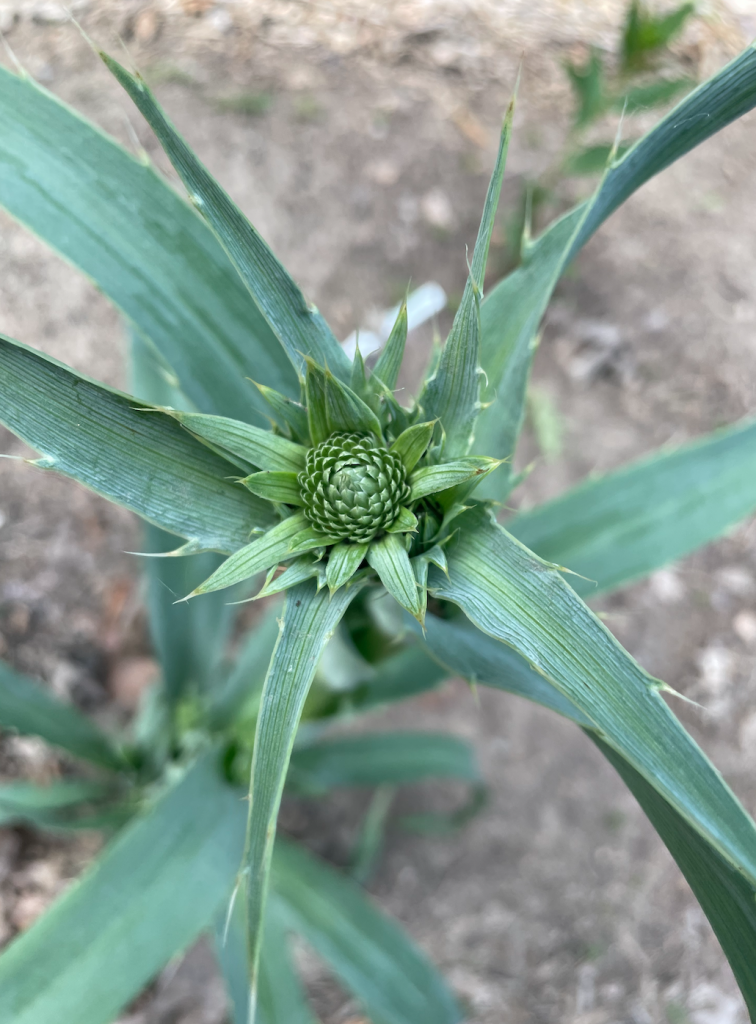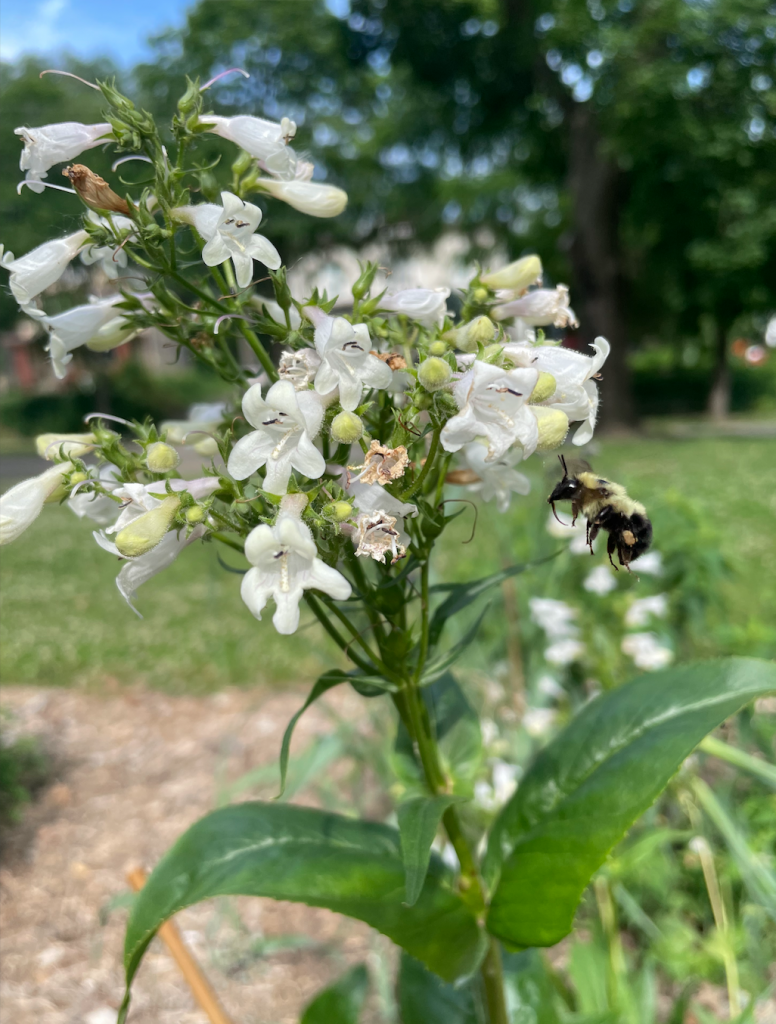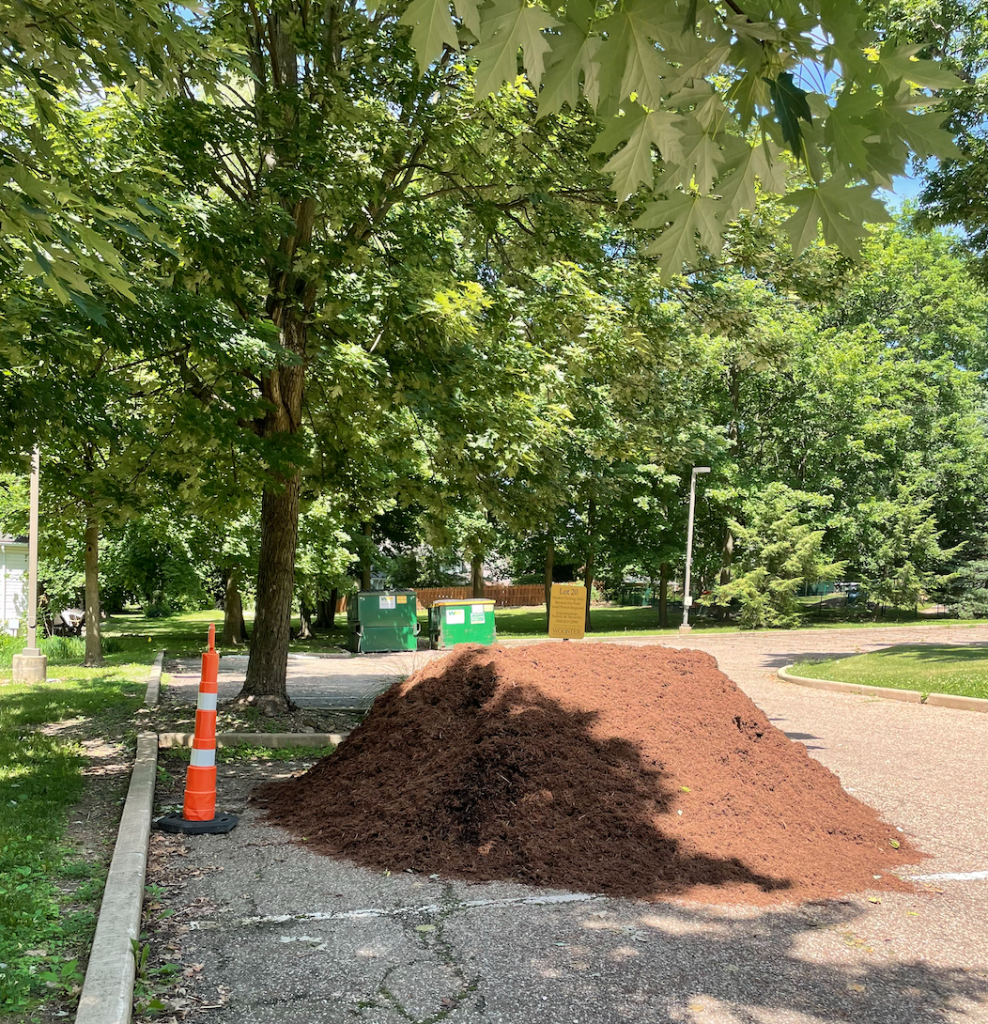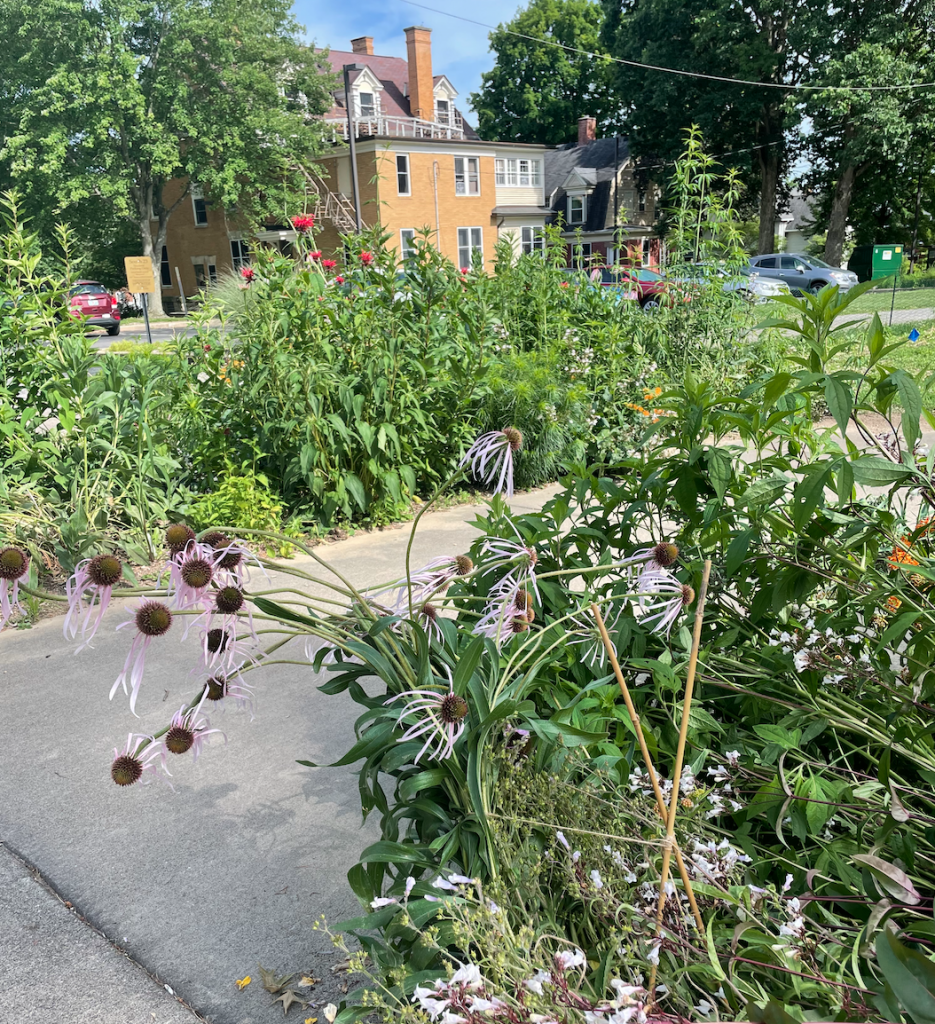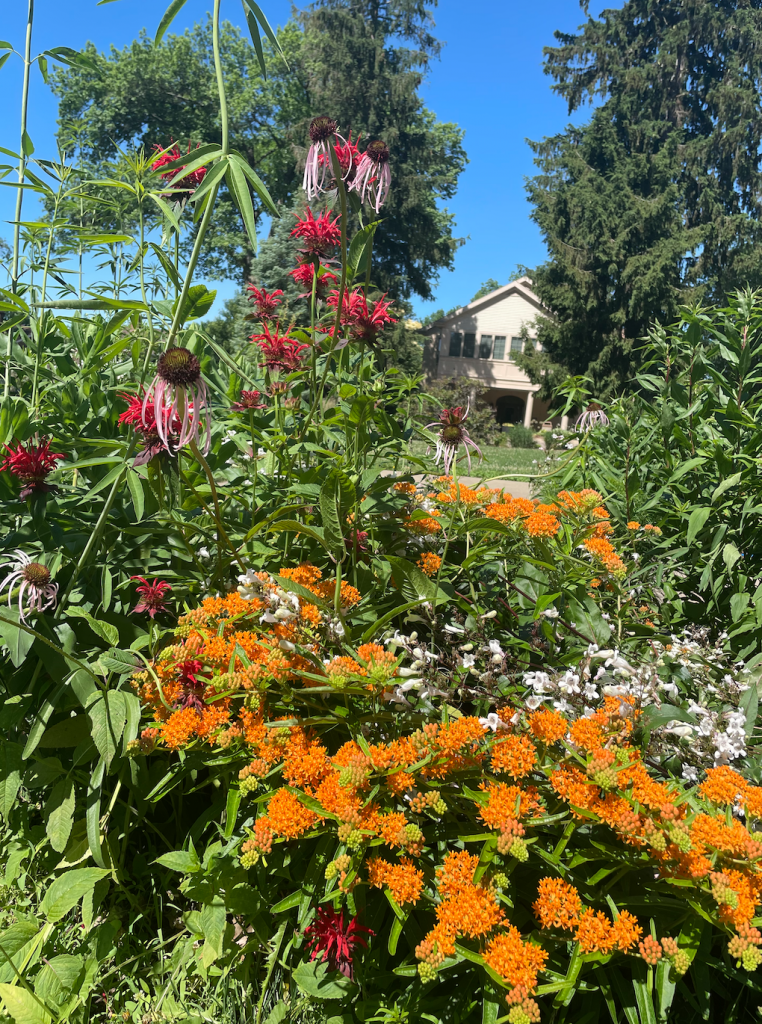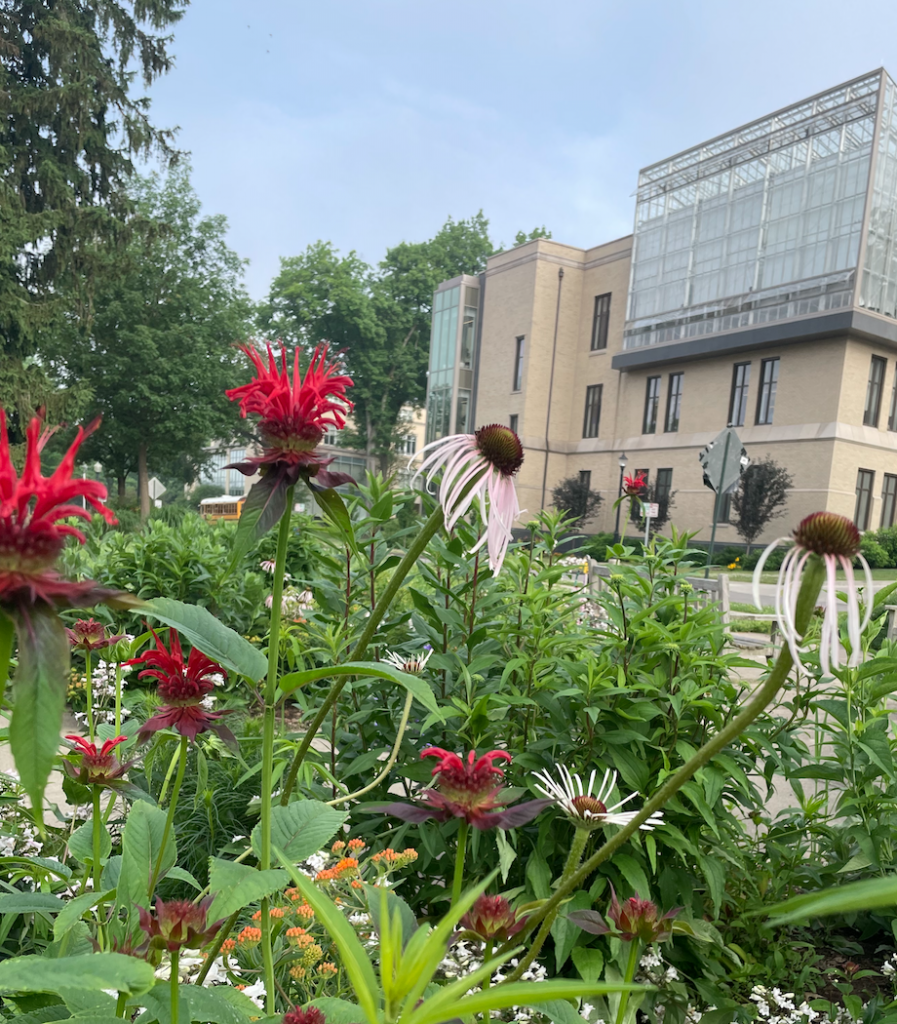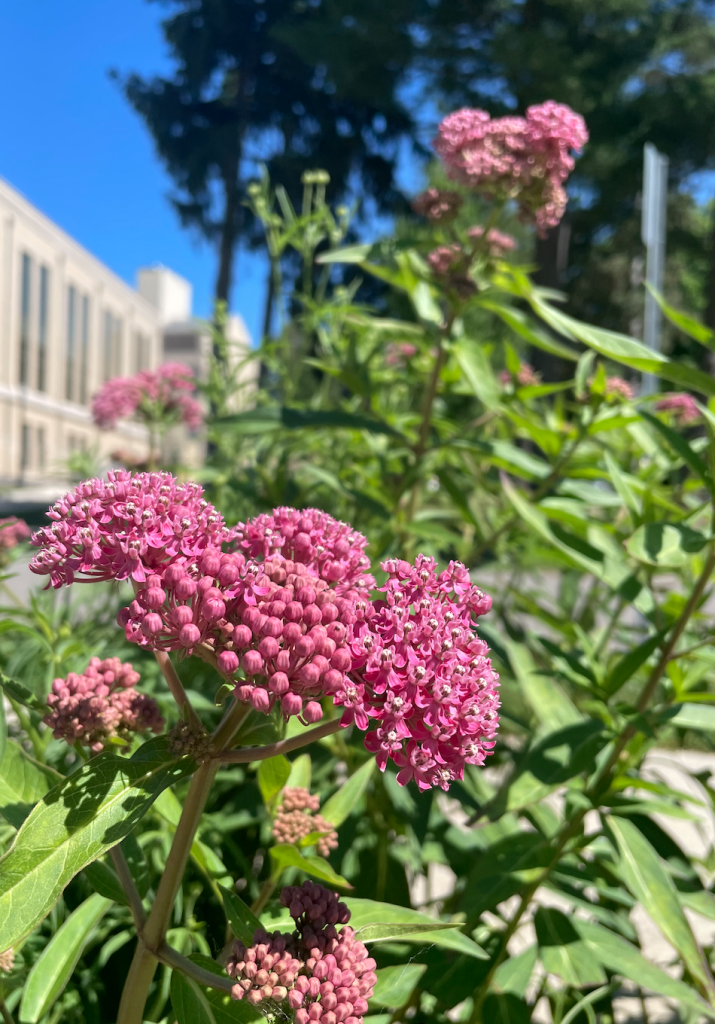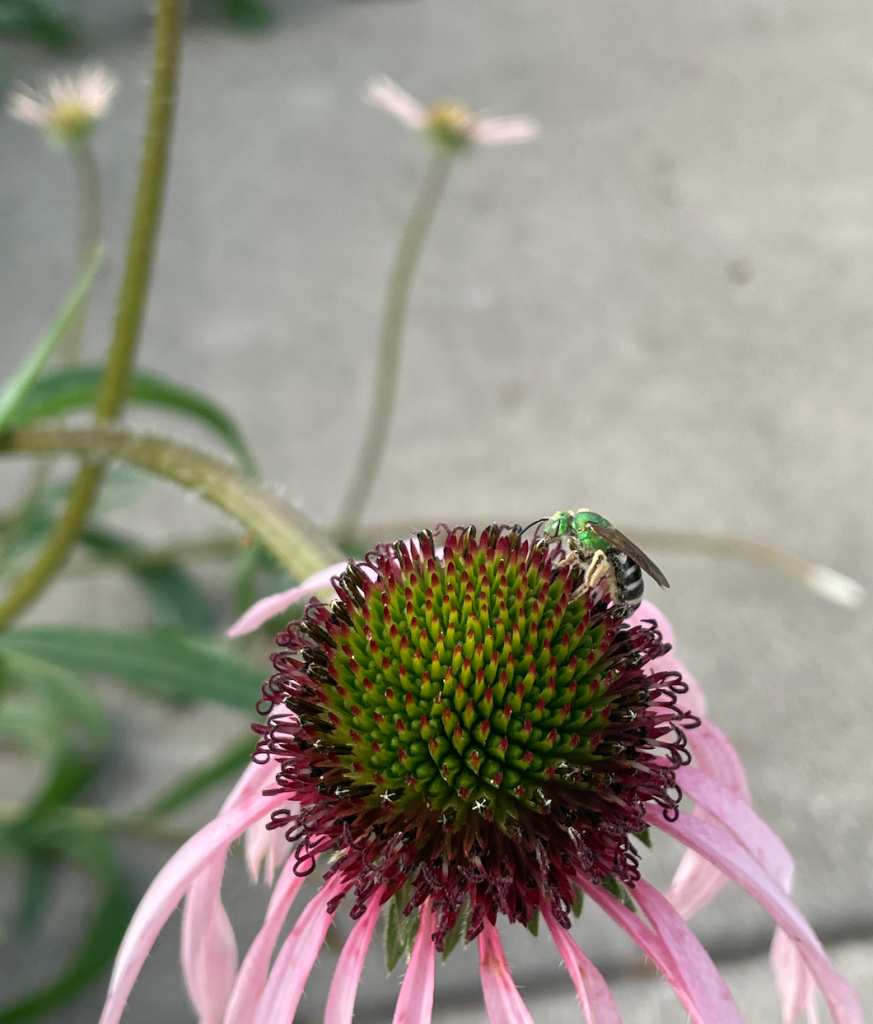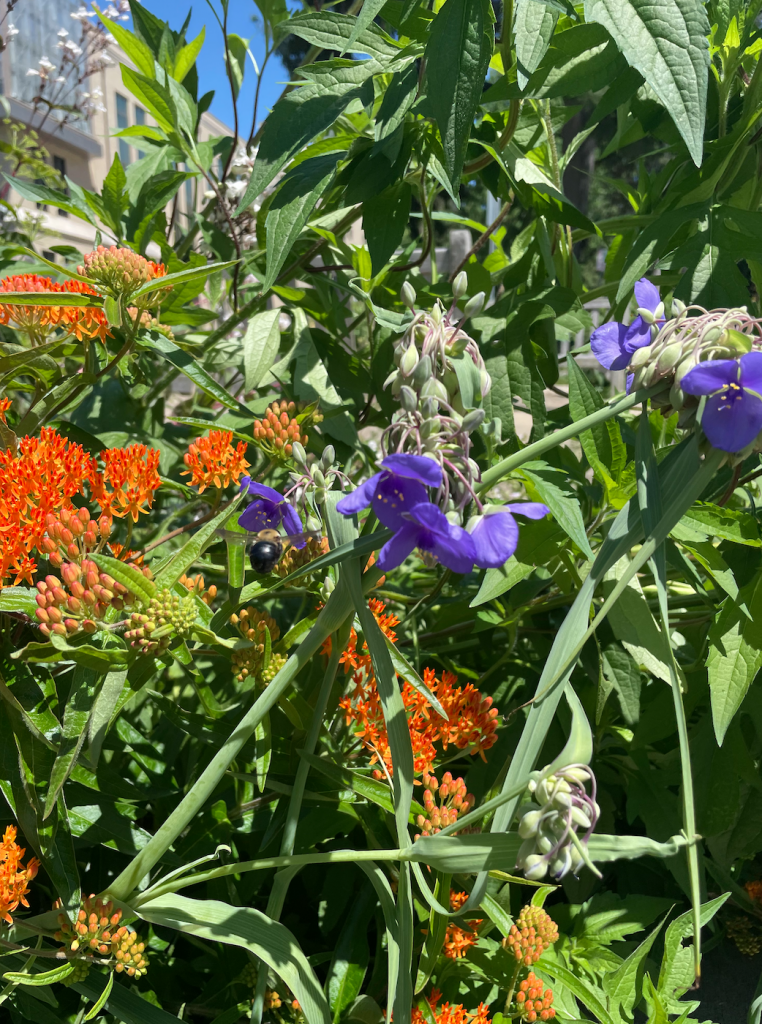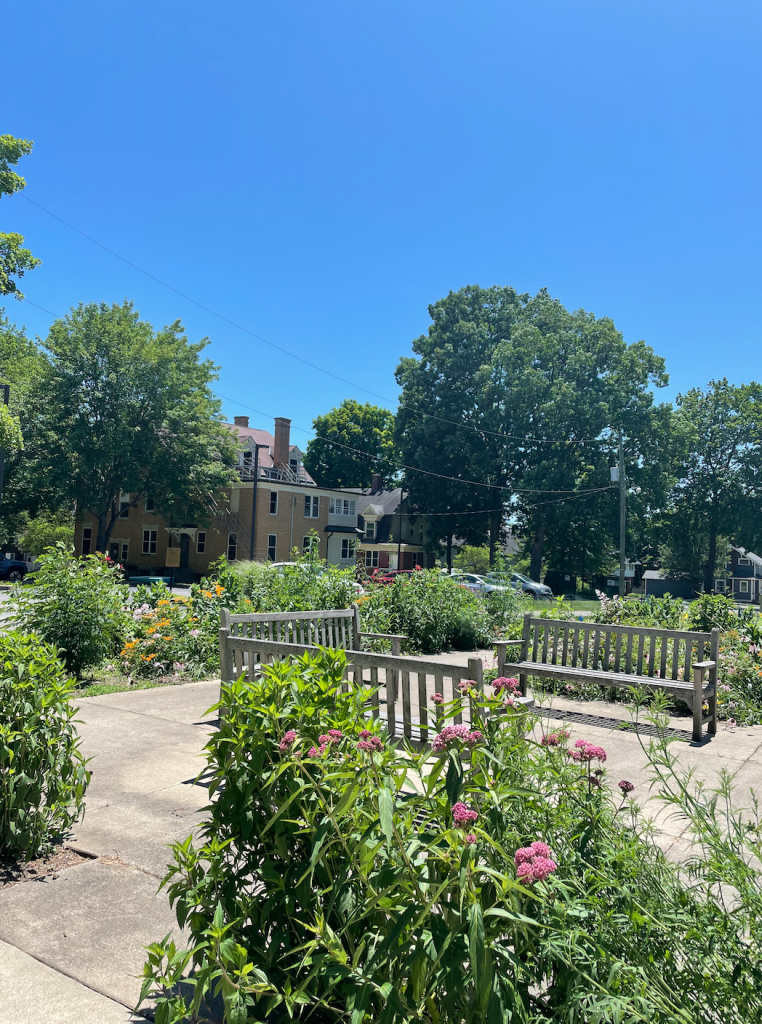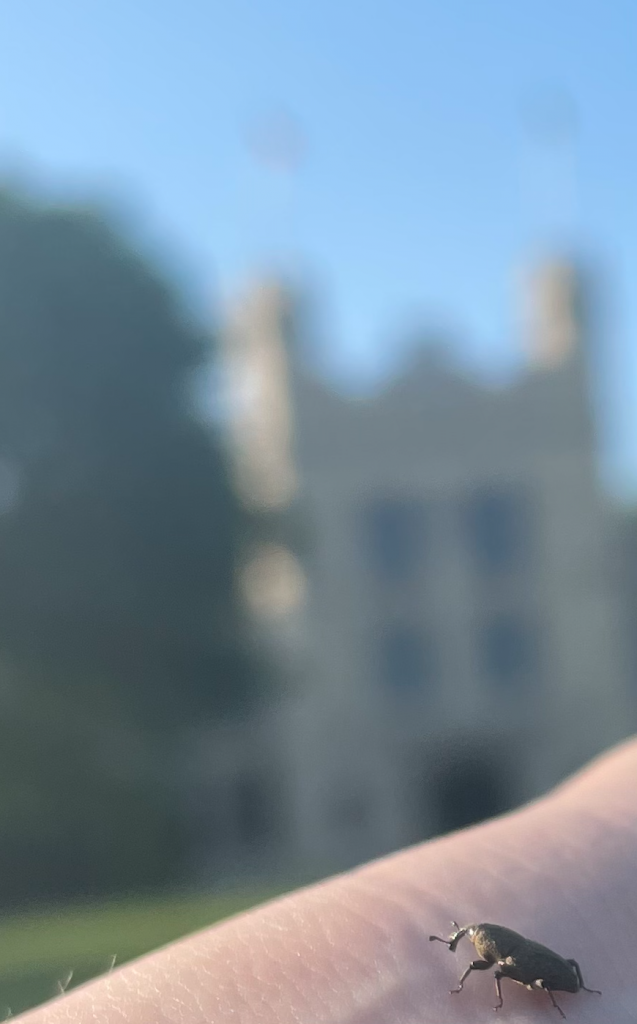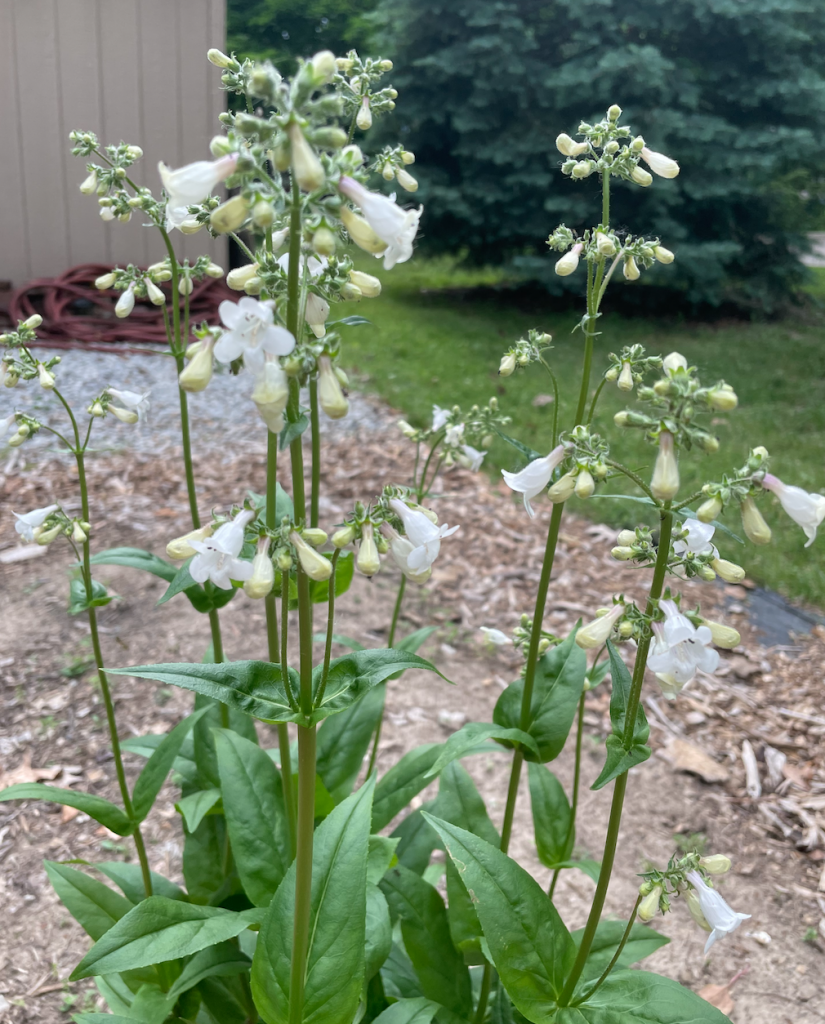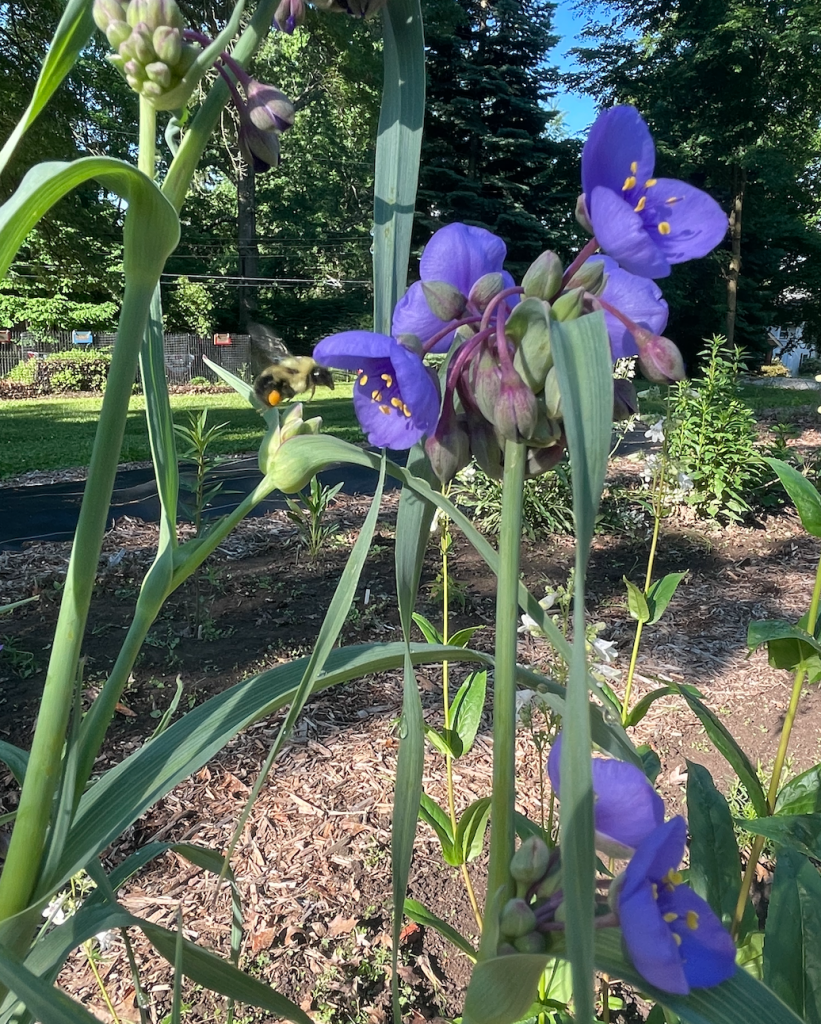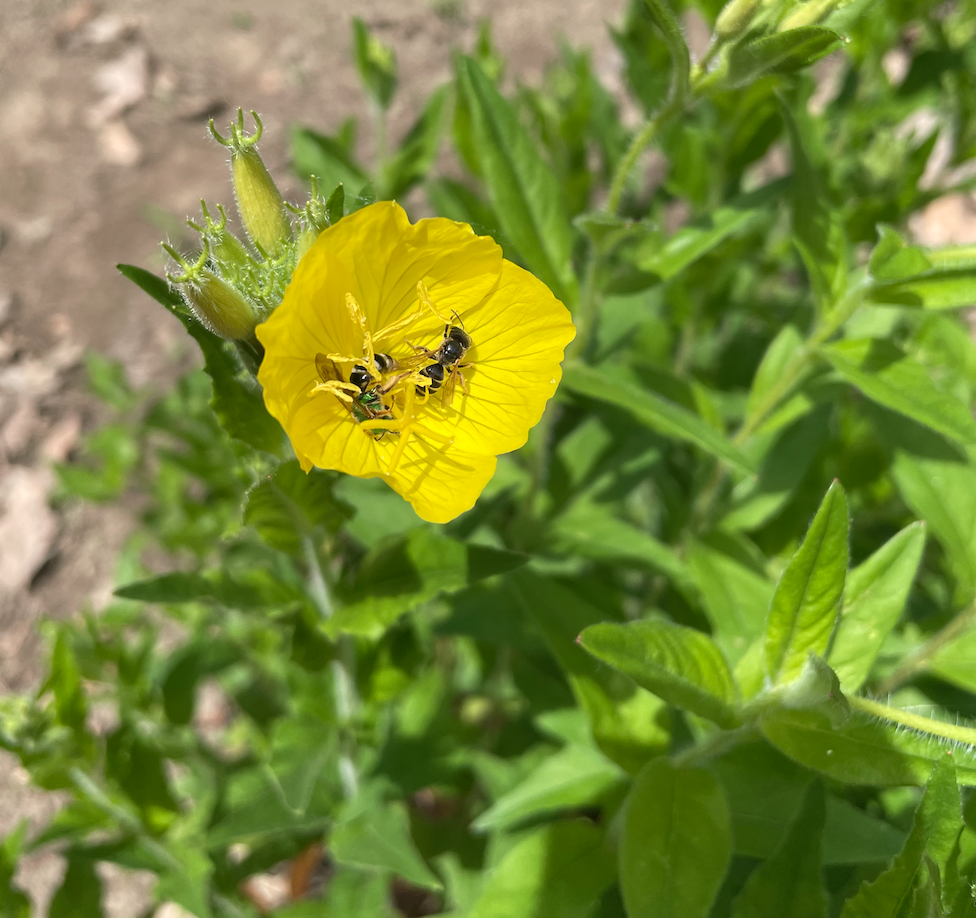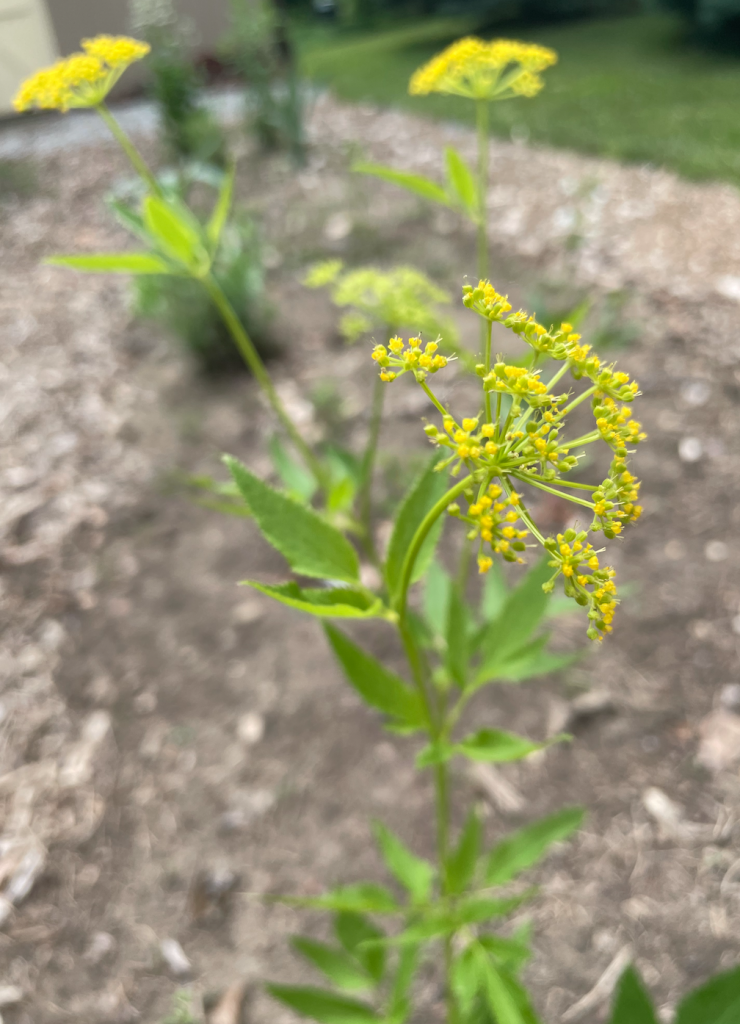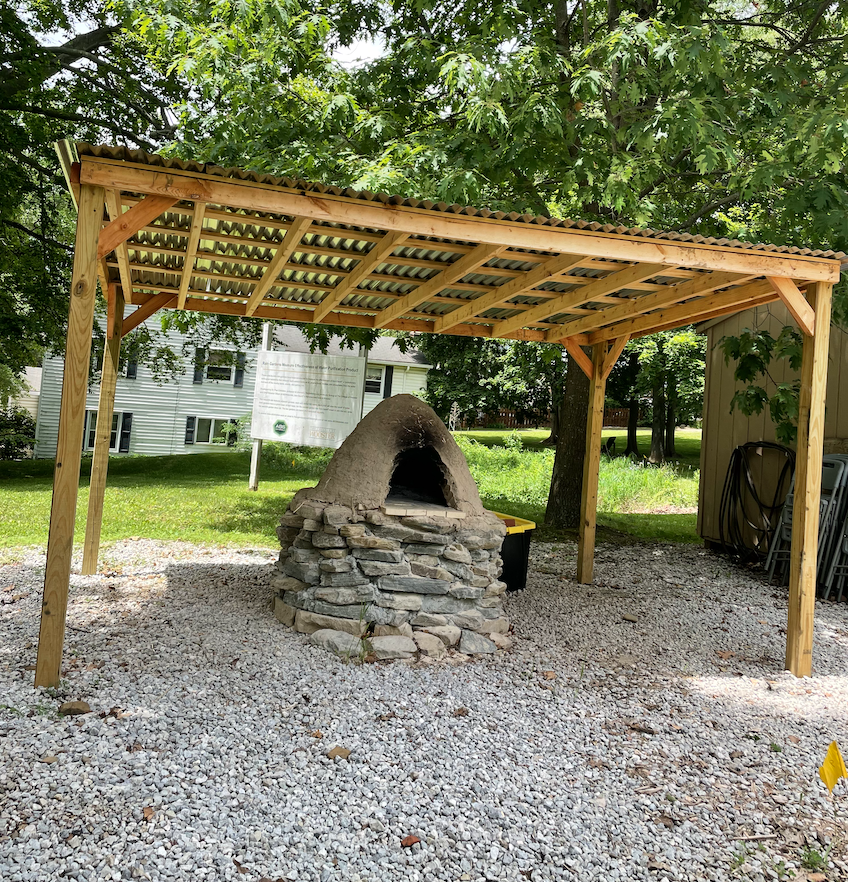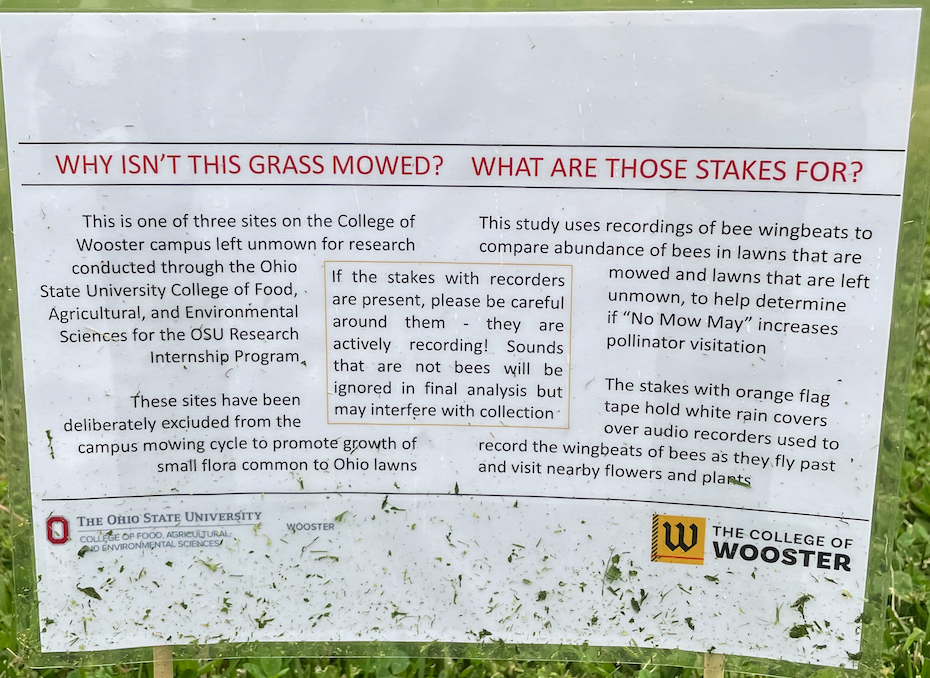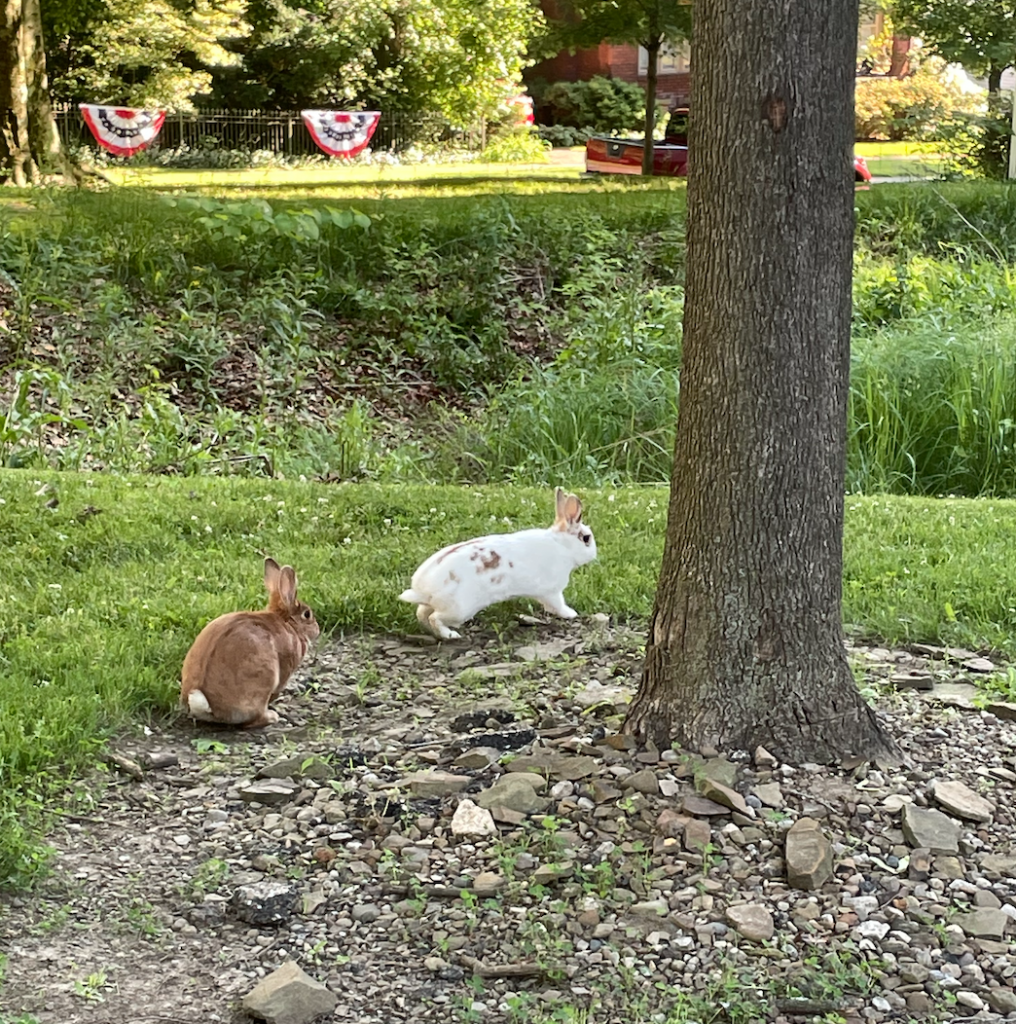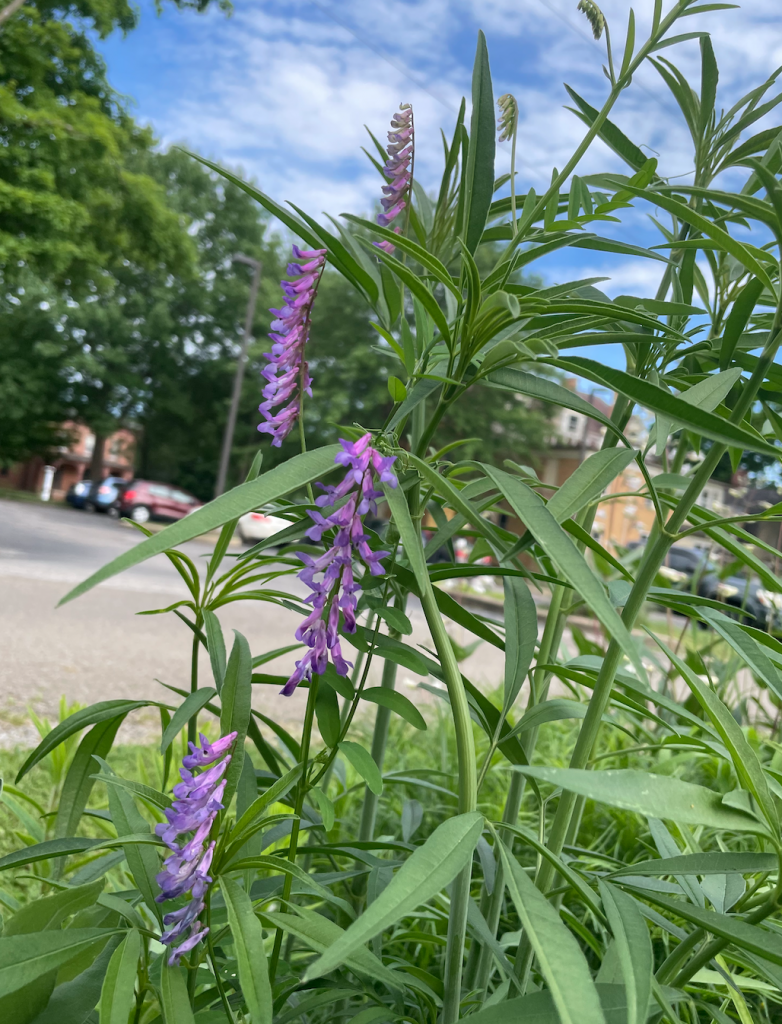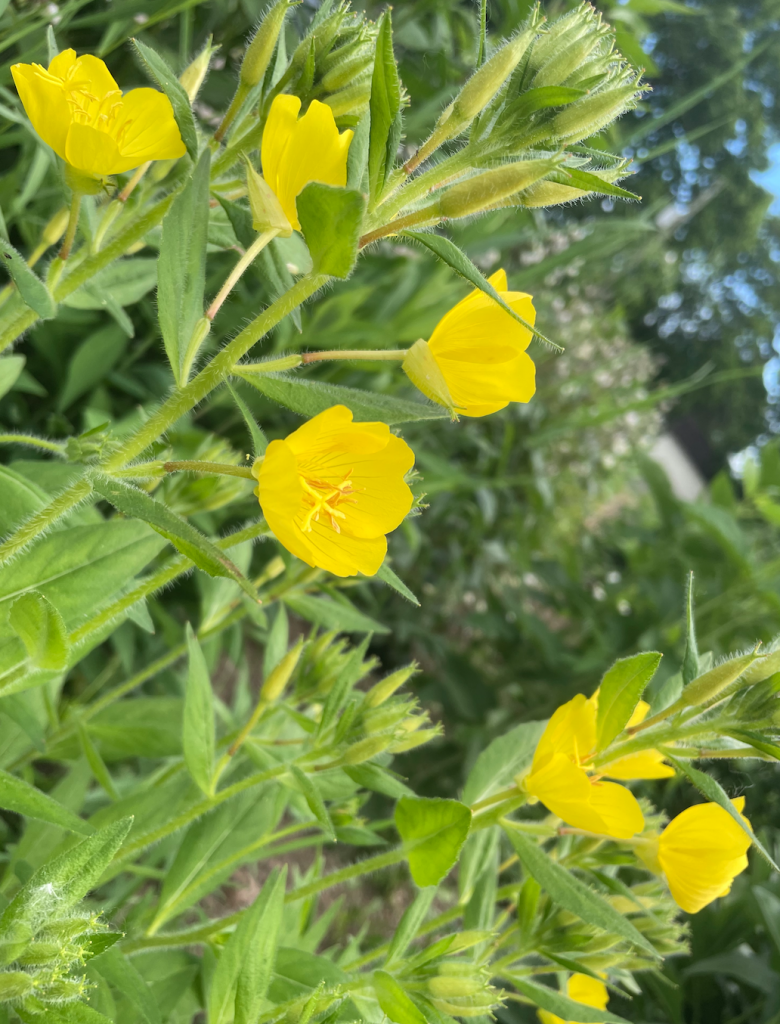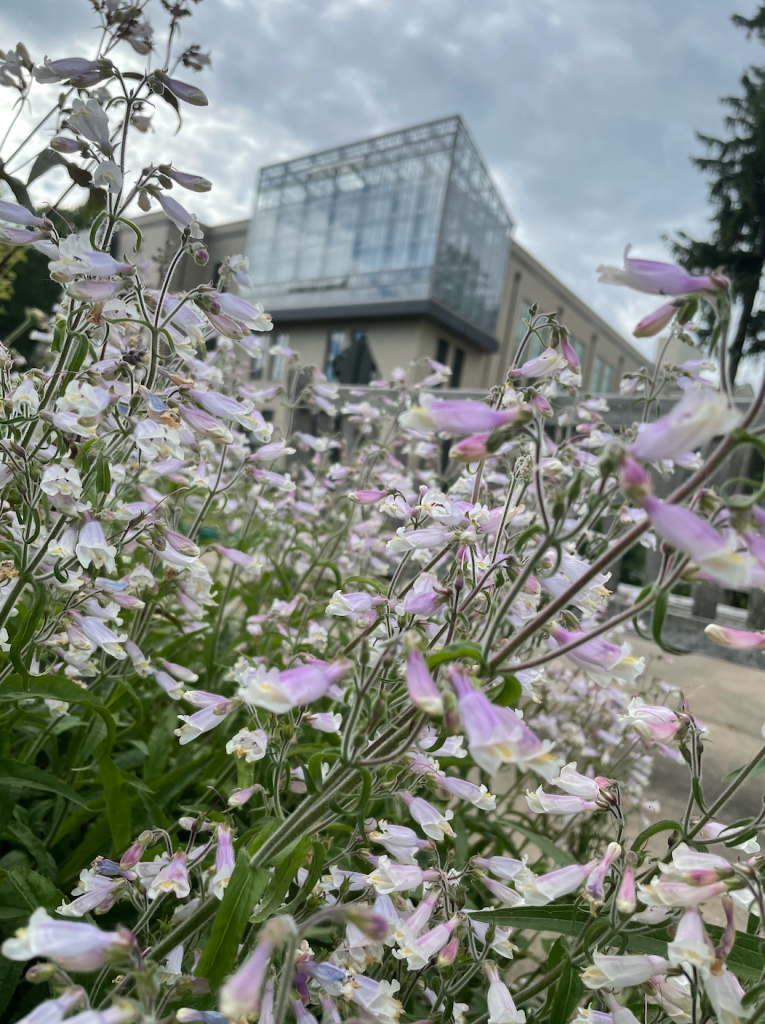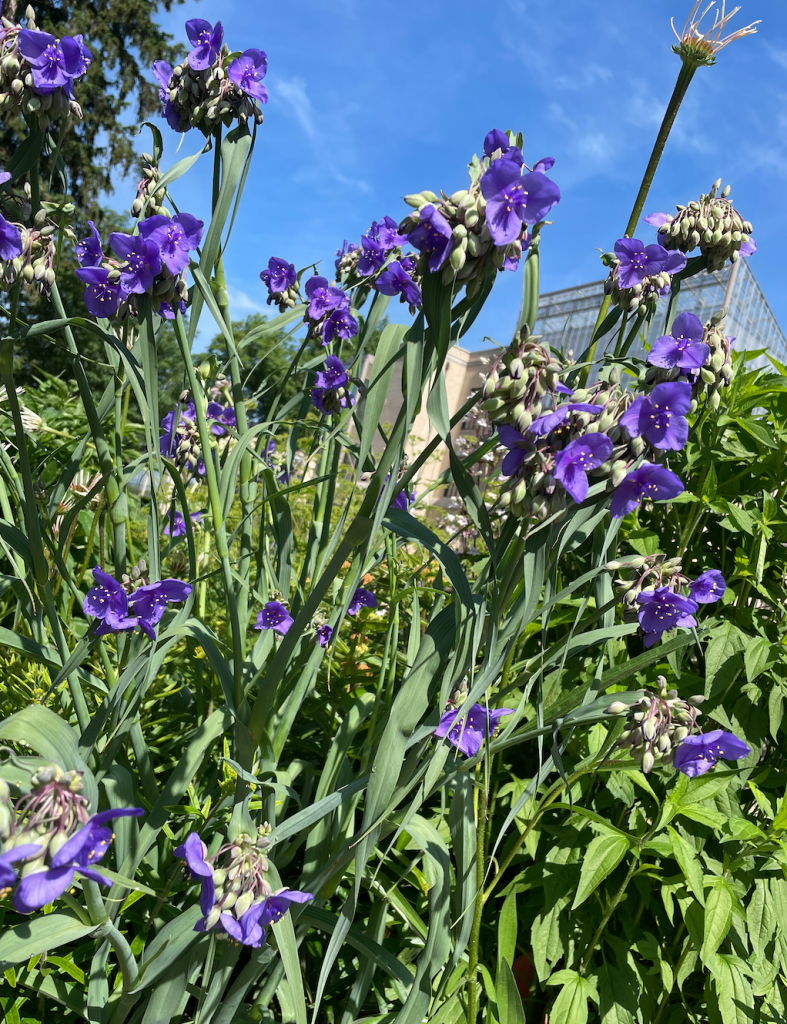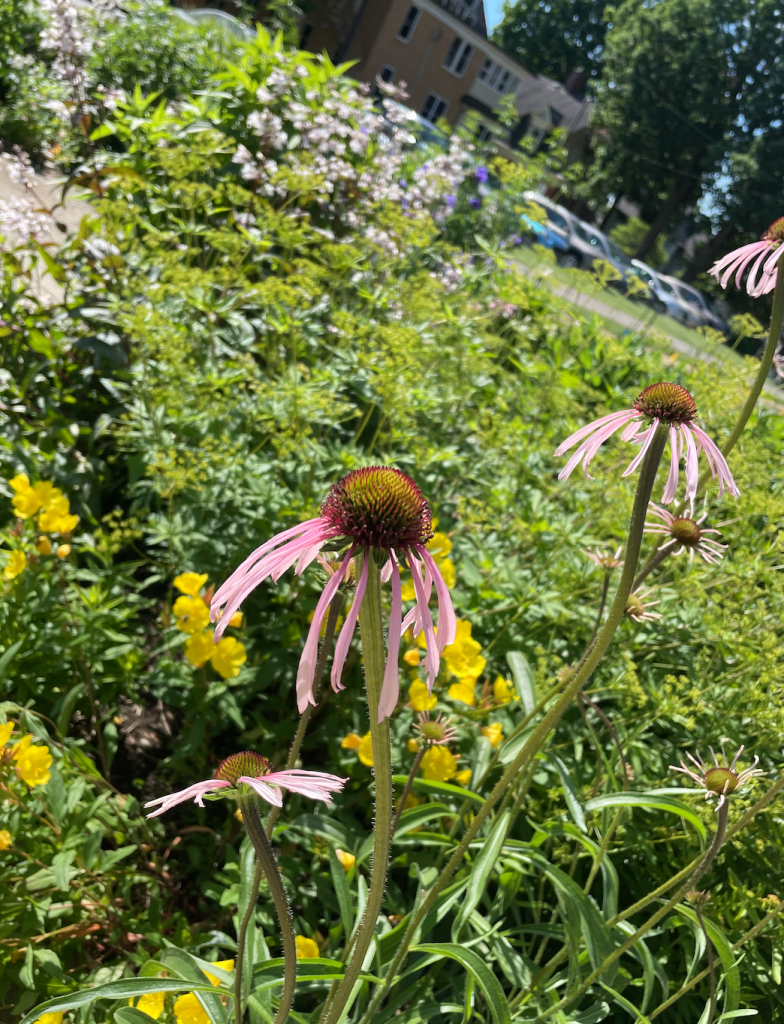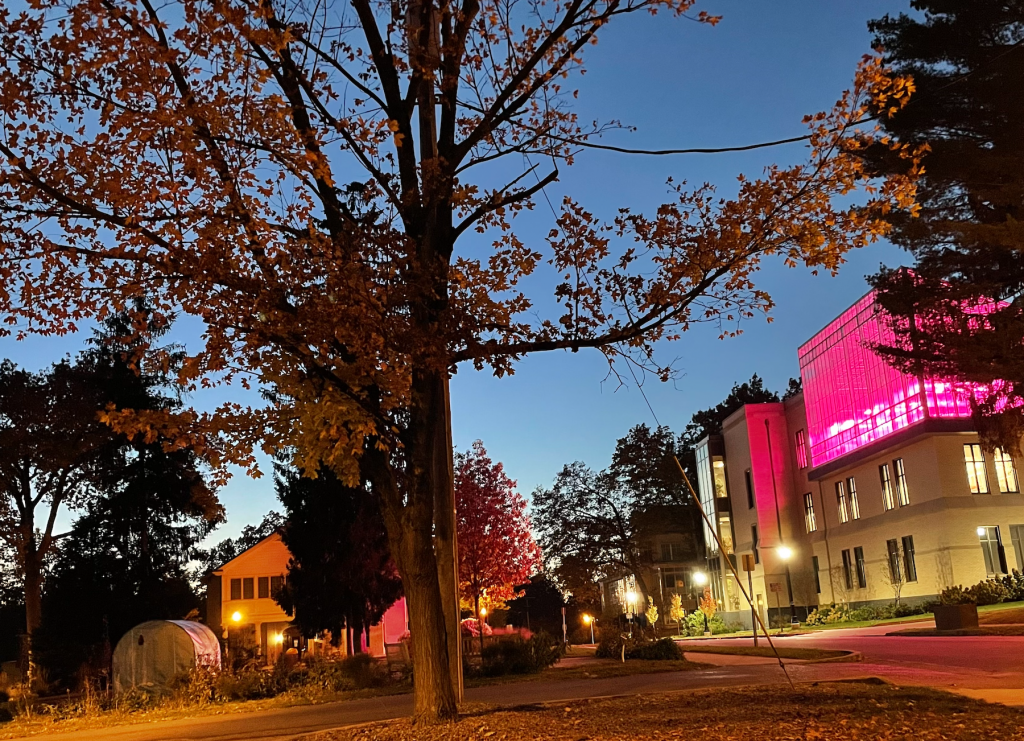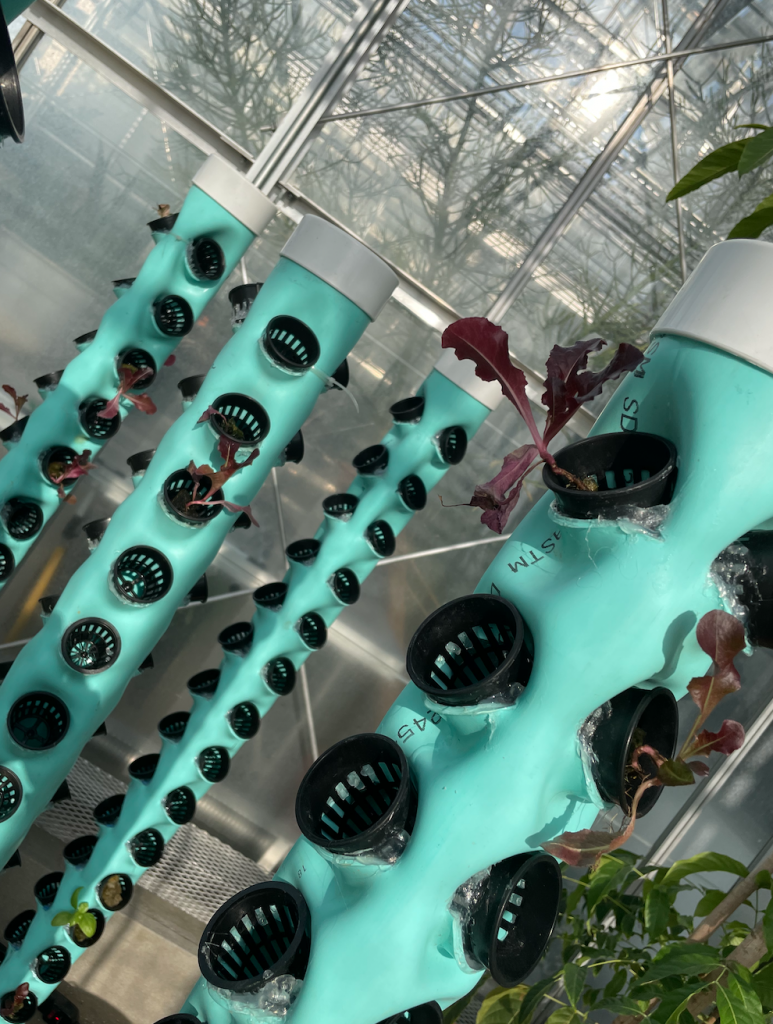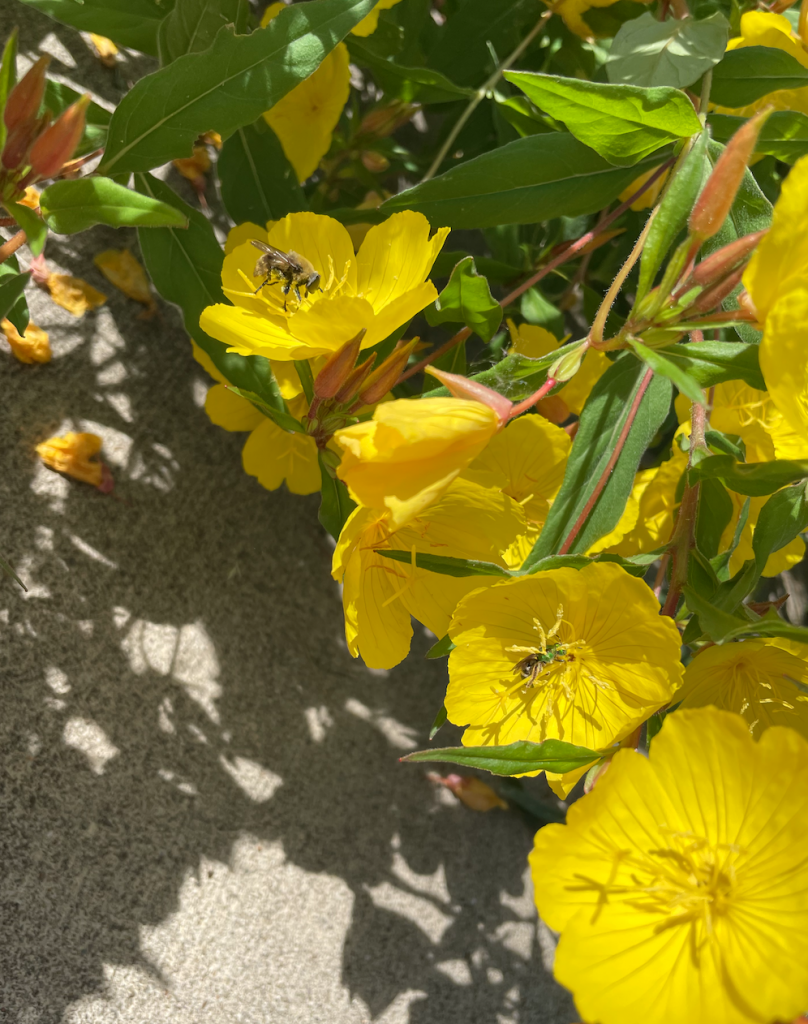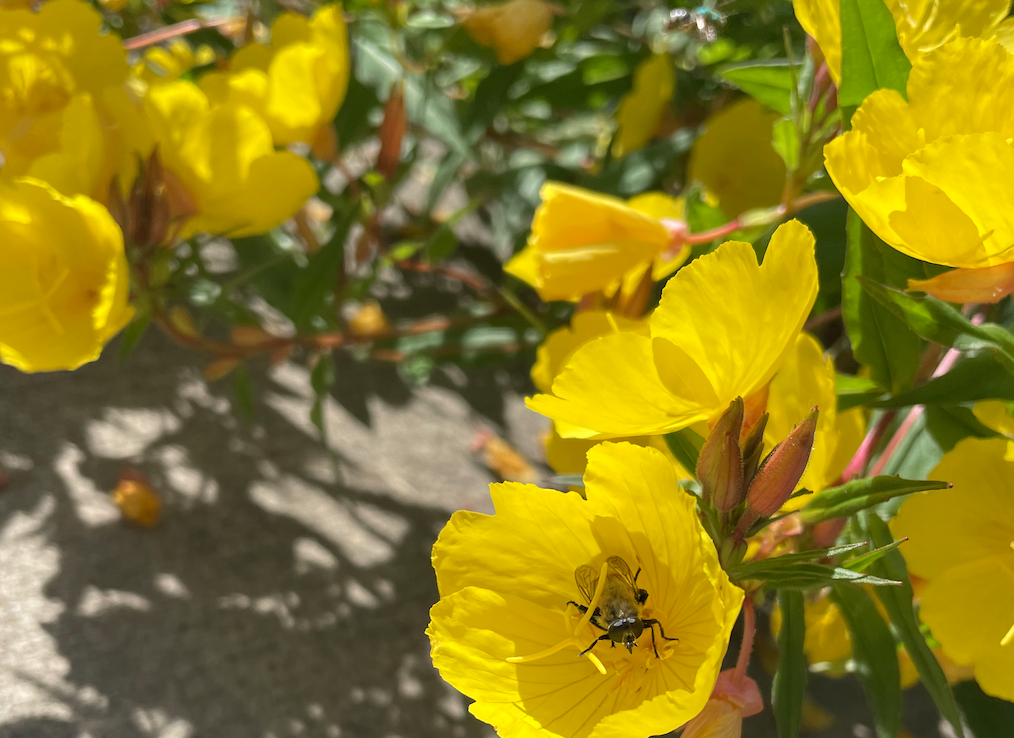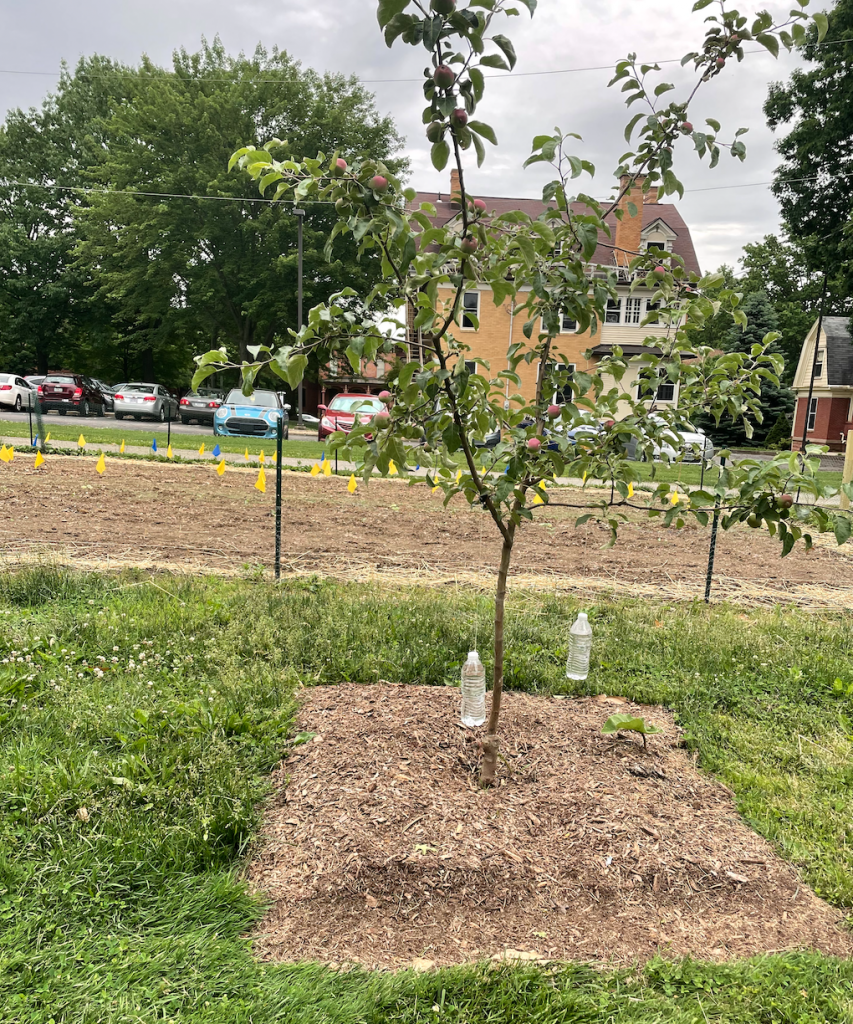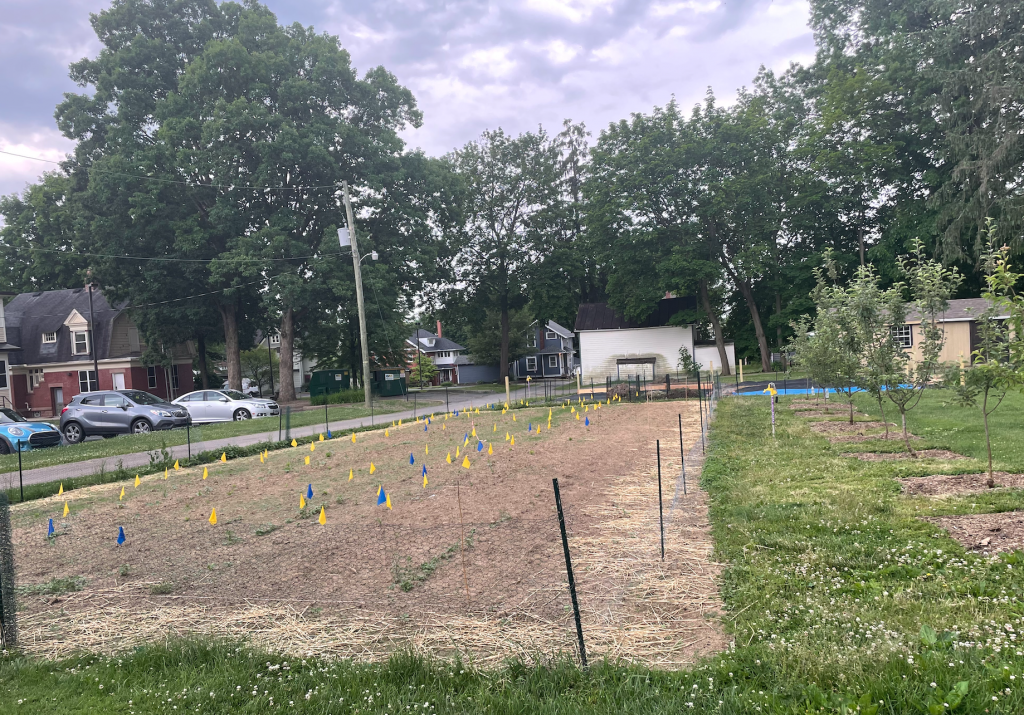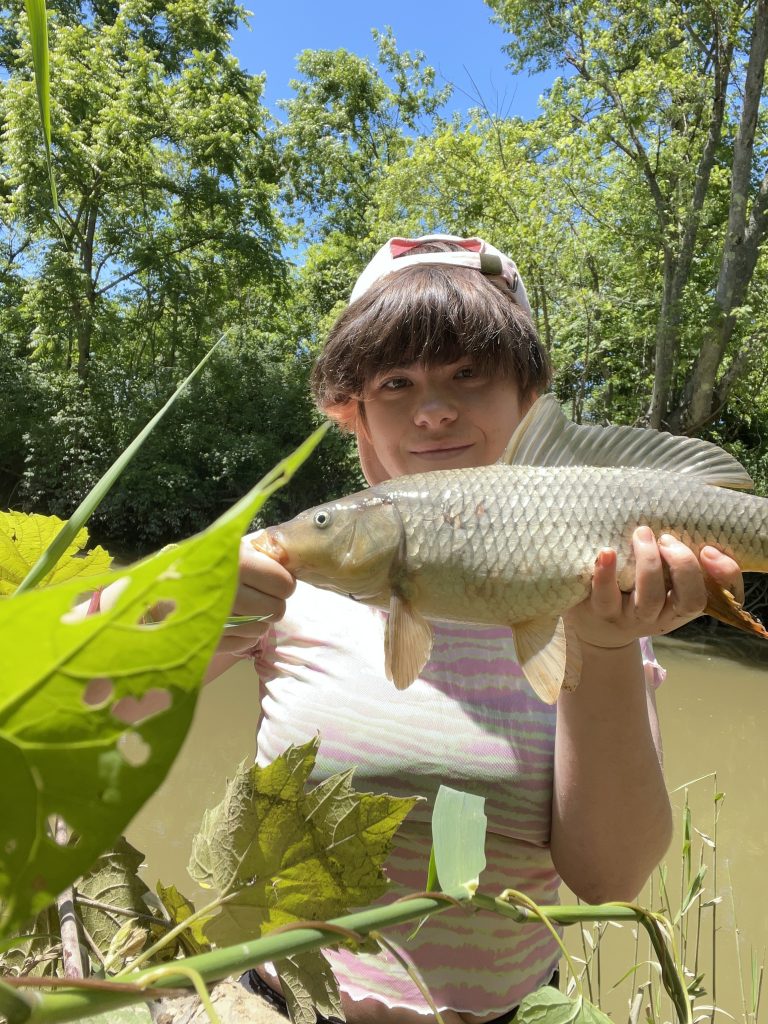Howdy y’all and welcome to the first official week of summer! Since the solstice on the 21st, things have been lookin’ sunny here in Wooster. Be(e) sure to get outside and soak up some rays while the sun’s still out!
Temperatures reached above 90°F this week, but luckily I was able to enjoy the perks of William’s top tier air conditioning. It’s amazing how fast 6 hours of looking through a microscope can fly by…
[Research]
Practicing Pinning
The pan traps from last week’s Pollinator Patch collection turn up some pretty small bees, so be(e)fore I attempted to pin one of the lil’ ladies I tried my hand at something bigger. Proper pinning techniques will differ across the various insect orders, however it is a common rule to place your pin ever so slightly to the right.
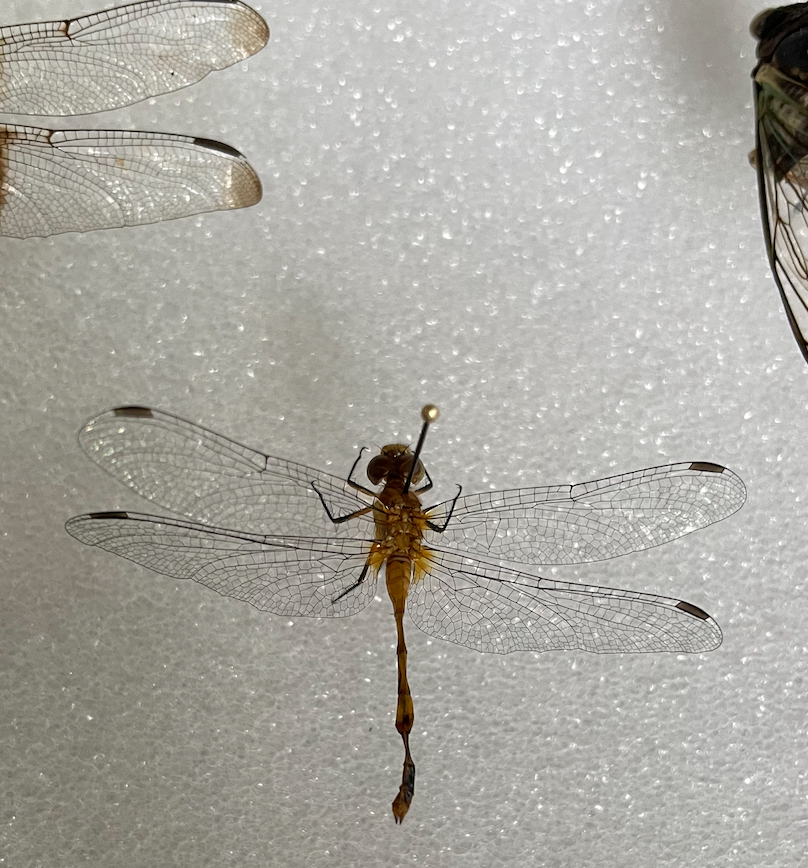
Bee Box
Satisfied with my efforts in the practice round, I moved onto the task be(e)fuddling me. Pinning bees is important for several reasons. Firstly, it requires a proper blow out from the Bee Salon after which you are able to see identifying features more clearly. Secondly, pinning allows you to preserve the specimens for longer and observe them in an organized way. Thirdly, pinning helps you access a 360° view of the bee, which comes in handy when trying to make out their faces. Putting special effort and care into pinning is additionally a means of showing respect for their sacrifice to science. Once they set, they will be ready for the ‘scope!
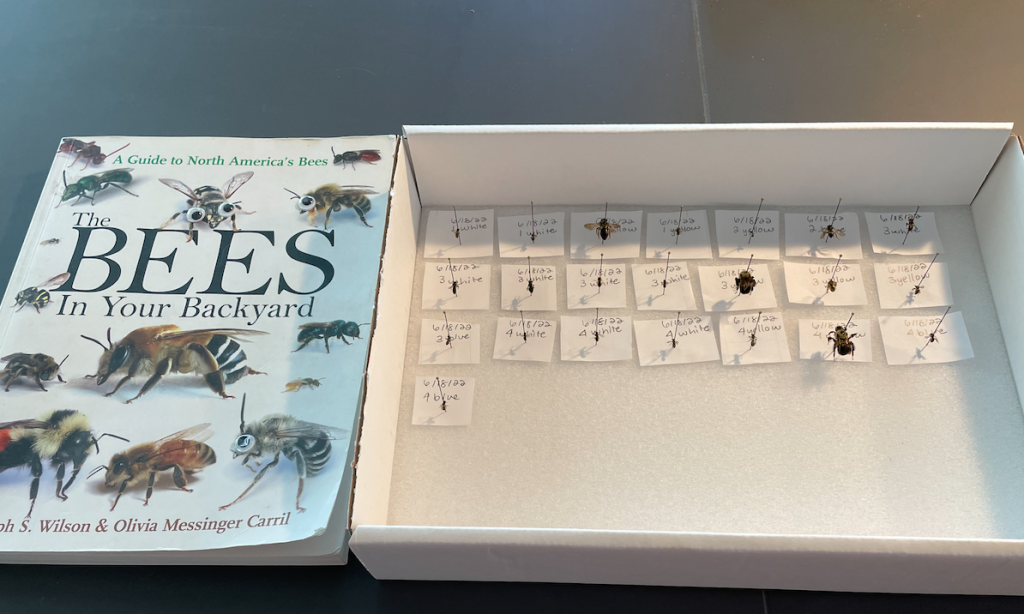
iNaturalist
Be(e)cause there are over 500 species of bees in Ohio alone, I will be utilizing iNaturalist to aid in the identification process. Head over to our iNaturalist webpage to see all the bees we’ve identified so far!
[College Garden]
Beginning to Bloom
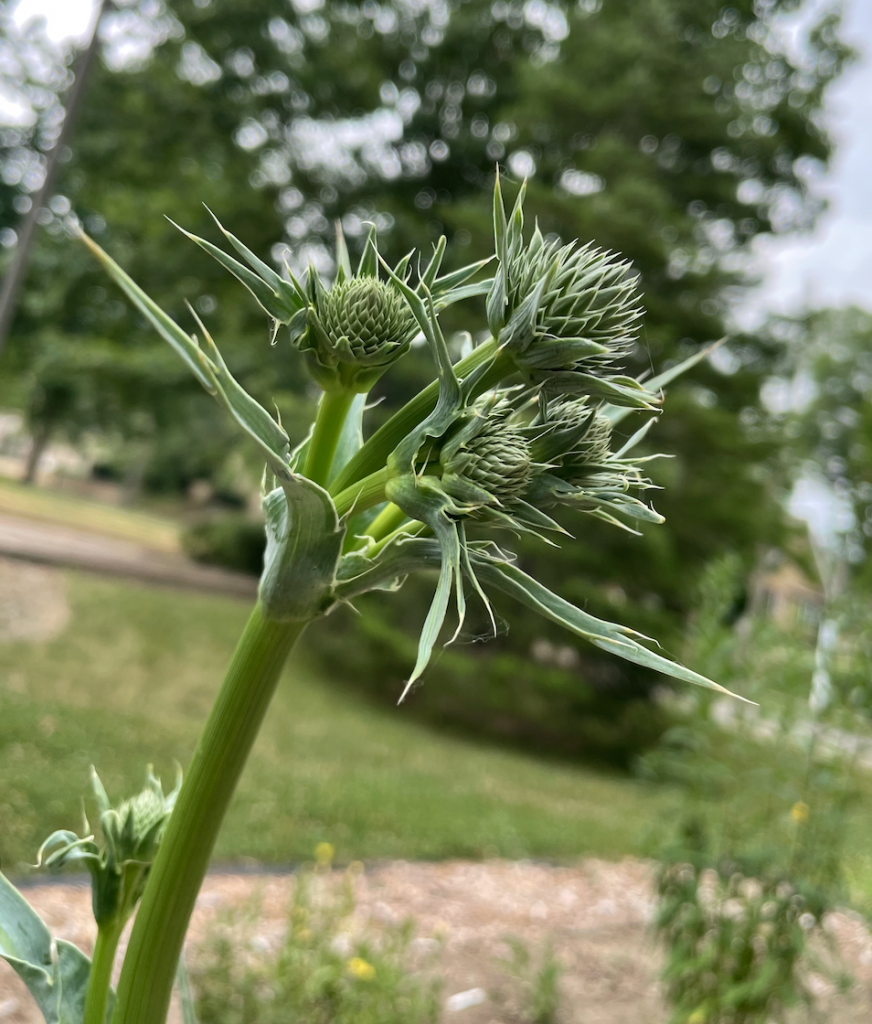
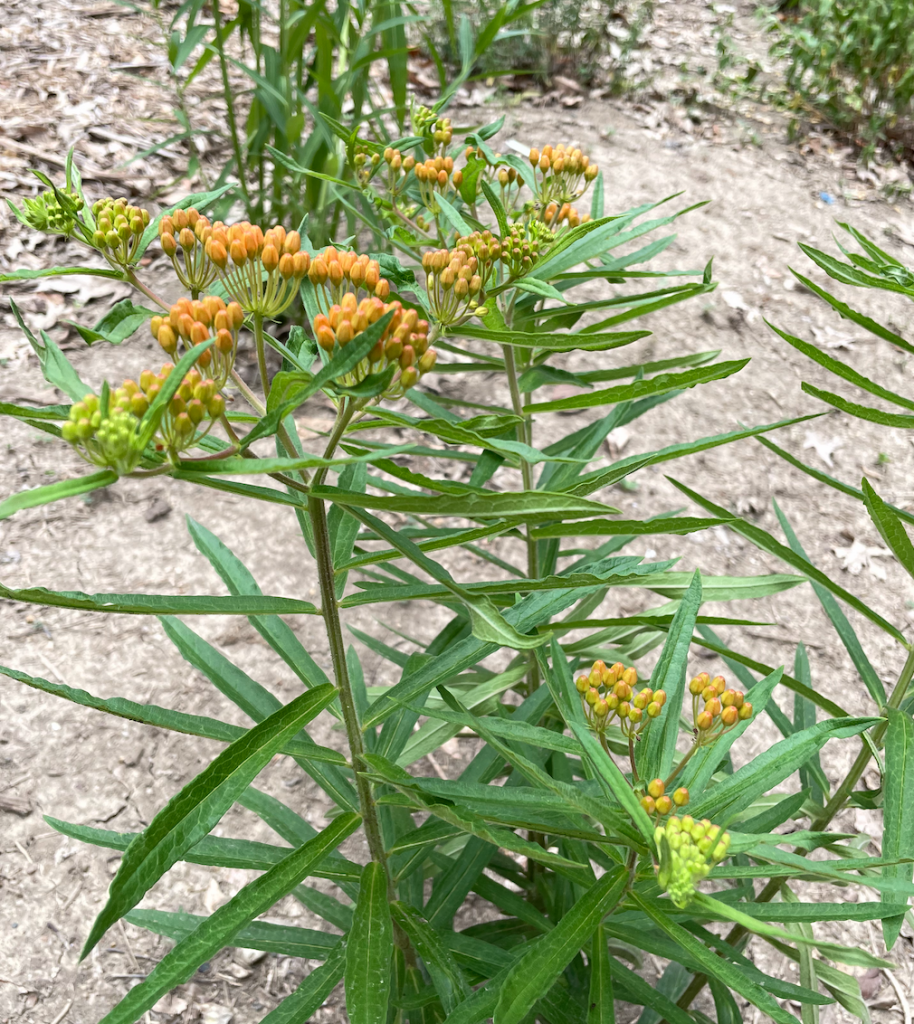
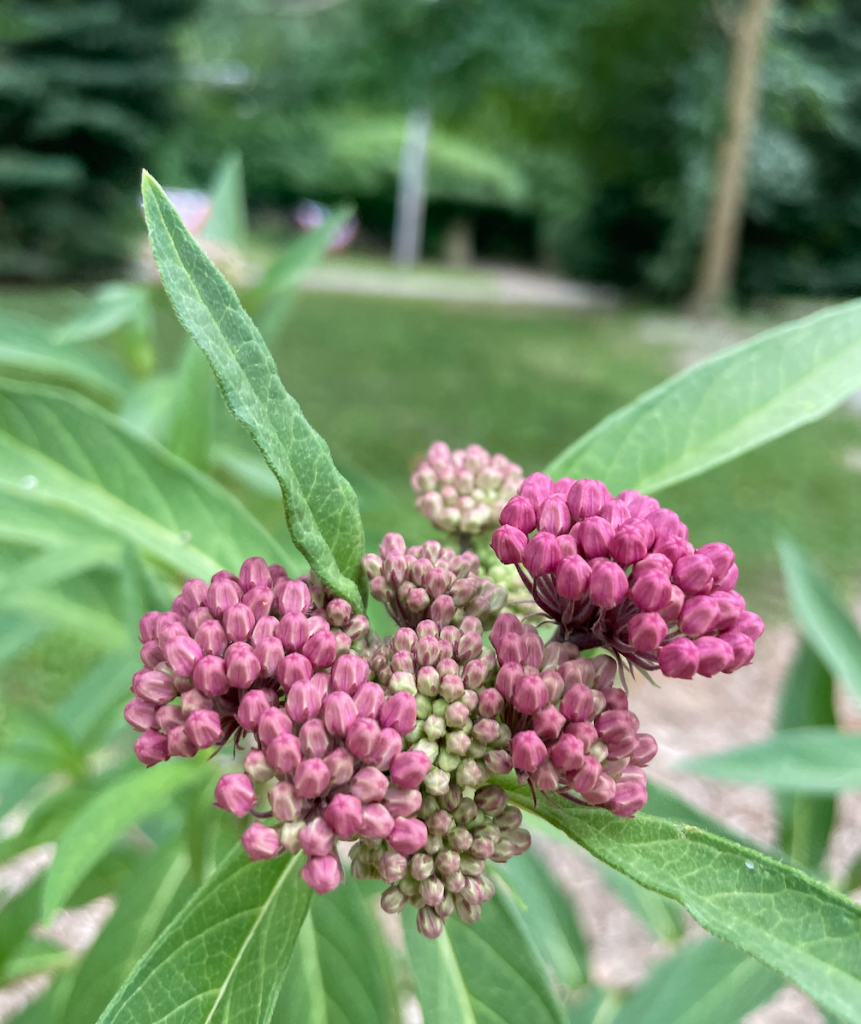
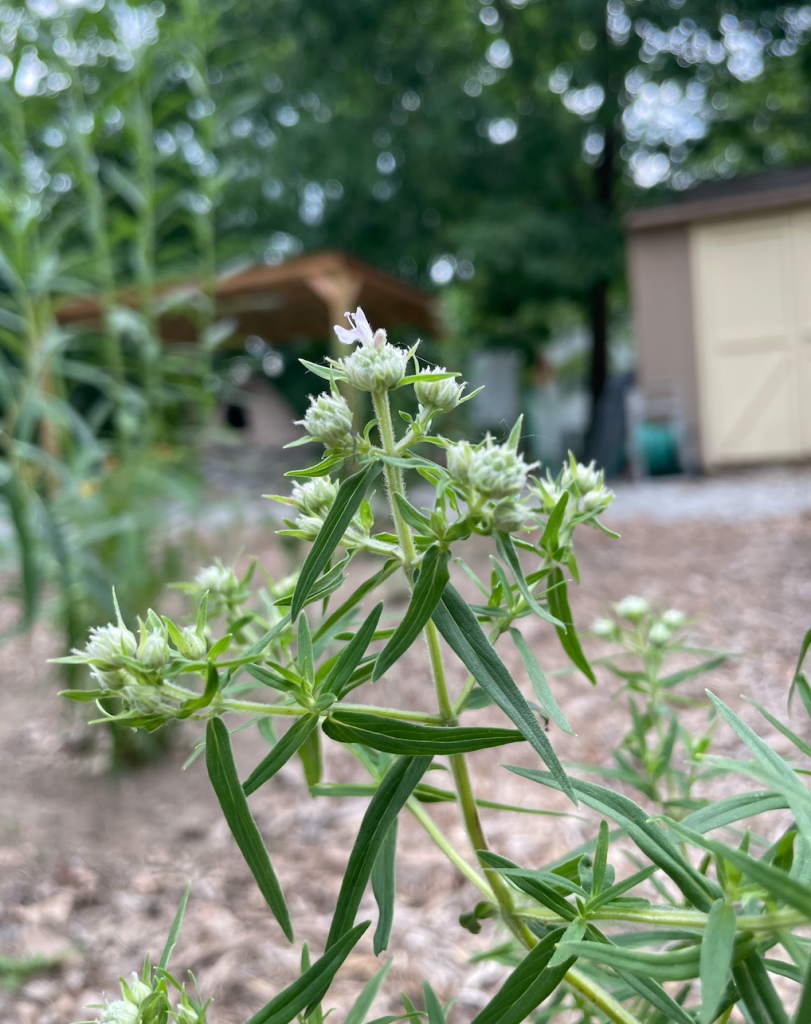
Munchin’ by the Mulch
The bun-buns are back! They’re having a snack! Right by the mulch stack!
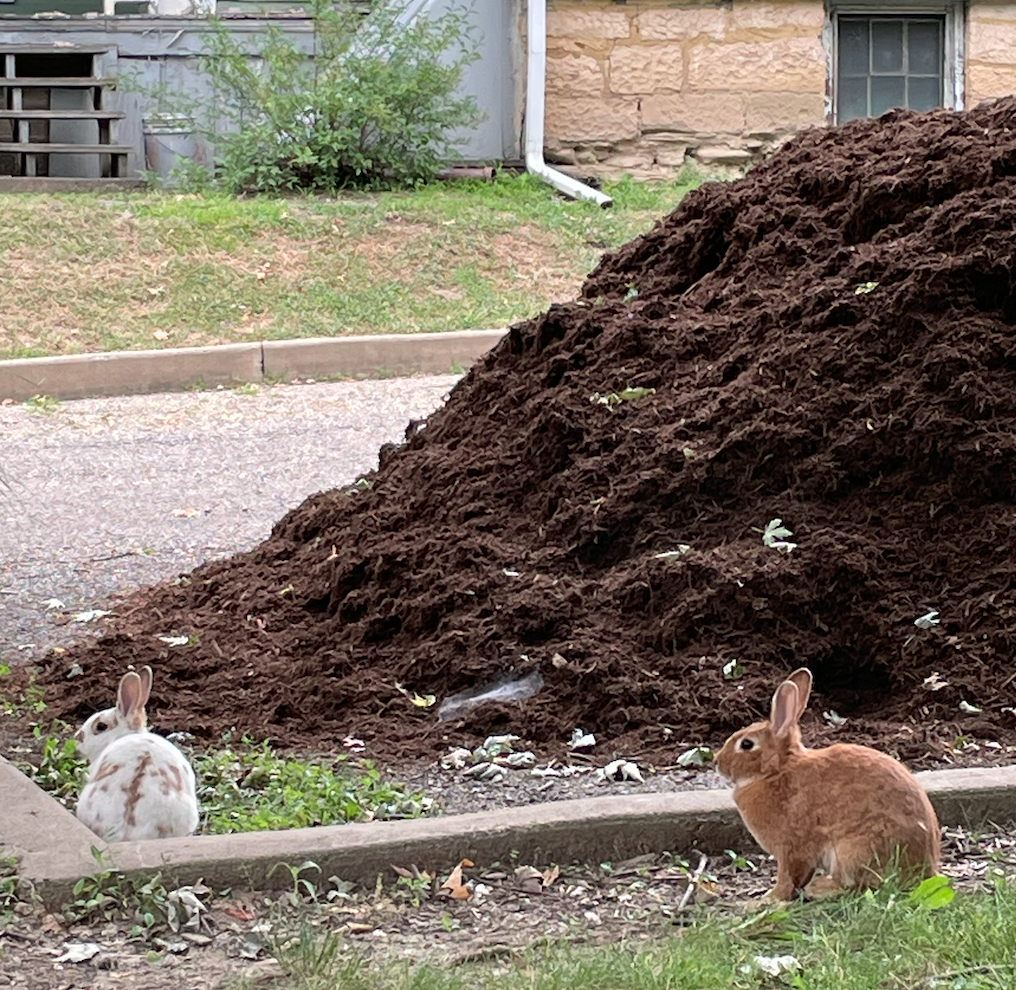
Critters in Color
It may hop but that’s no grasshopper! This bright fellow is a member of the order Hemiptera.
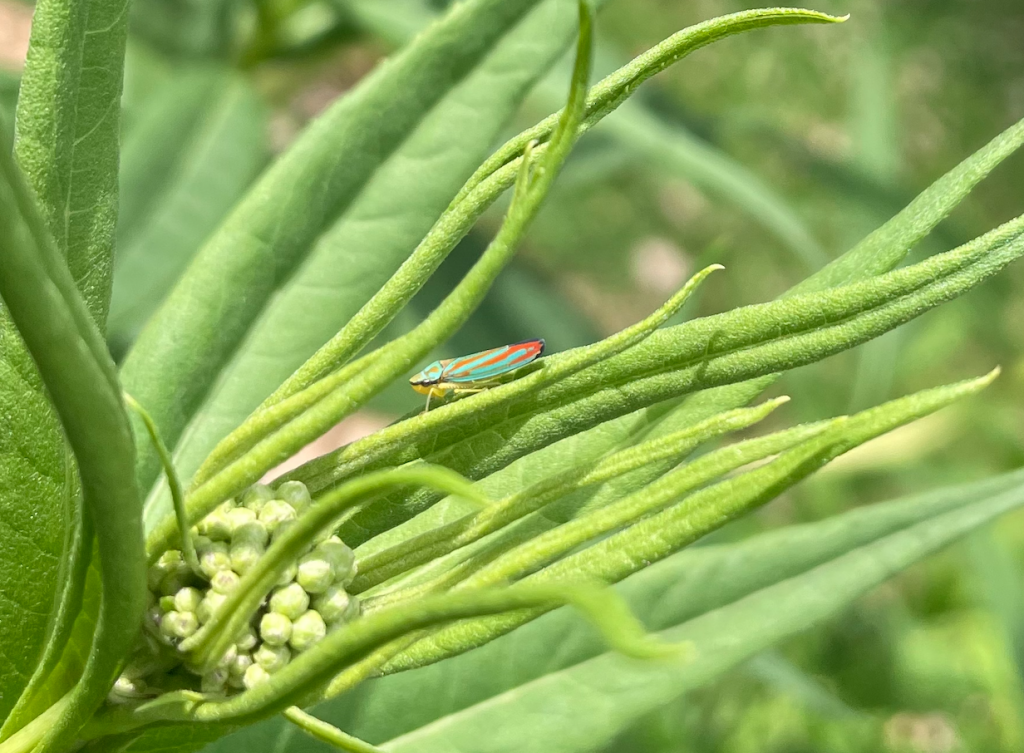
Below you will find an Agapostemon bidding adieu to our Foxglove Beardtounge.
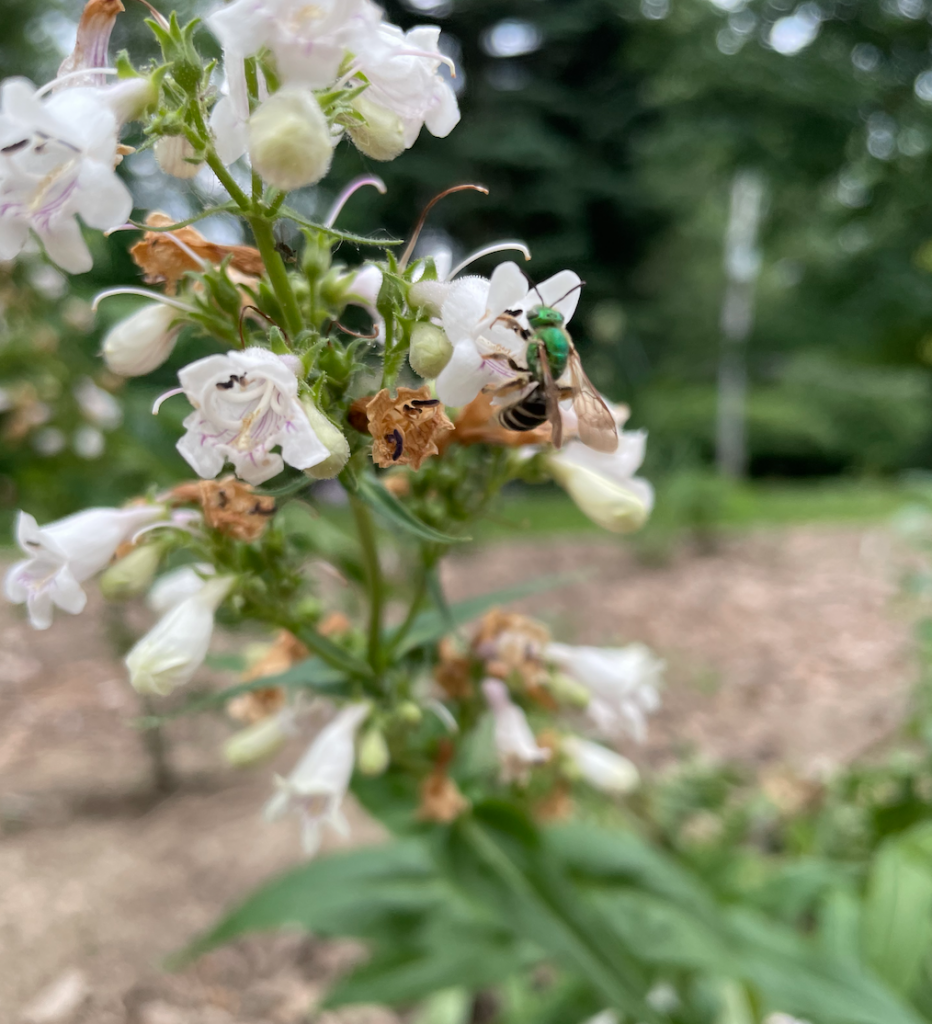
Pesky Pests
A not so welcome visitor to our southernmost Patch, this Goldenrod Leaf Miner beetle along with its comrades have taken up joint in the Goldenrod.
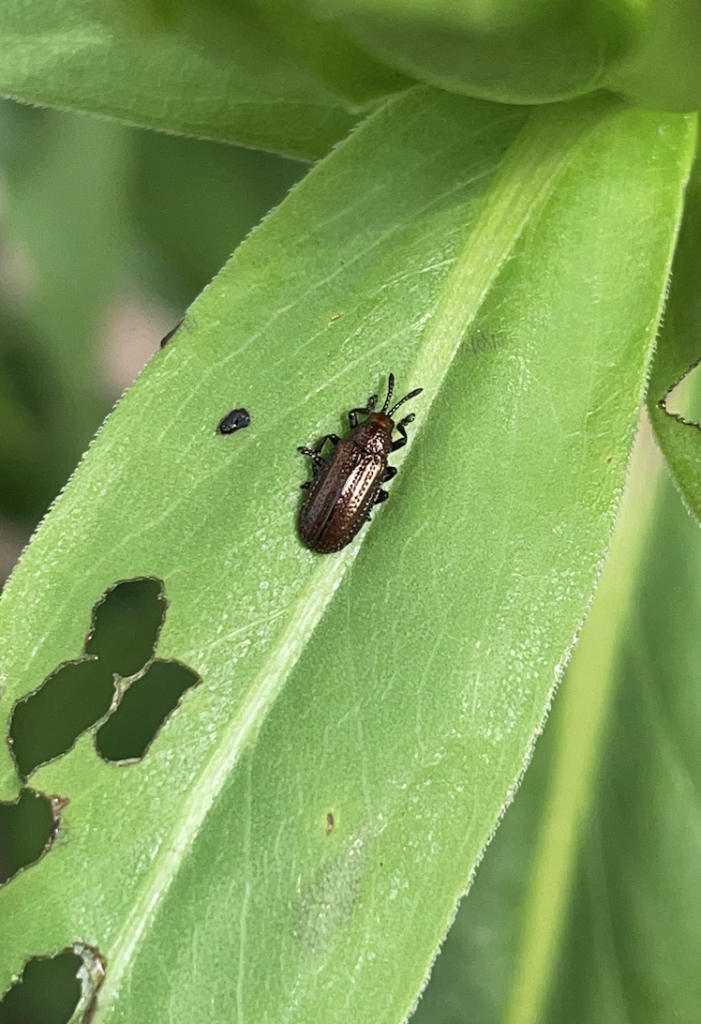
[Pine Patch]
Coneflower Power
New blooms in the Pine Patch this week!
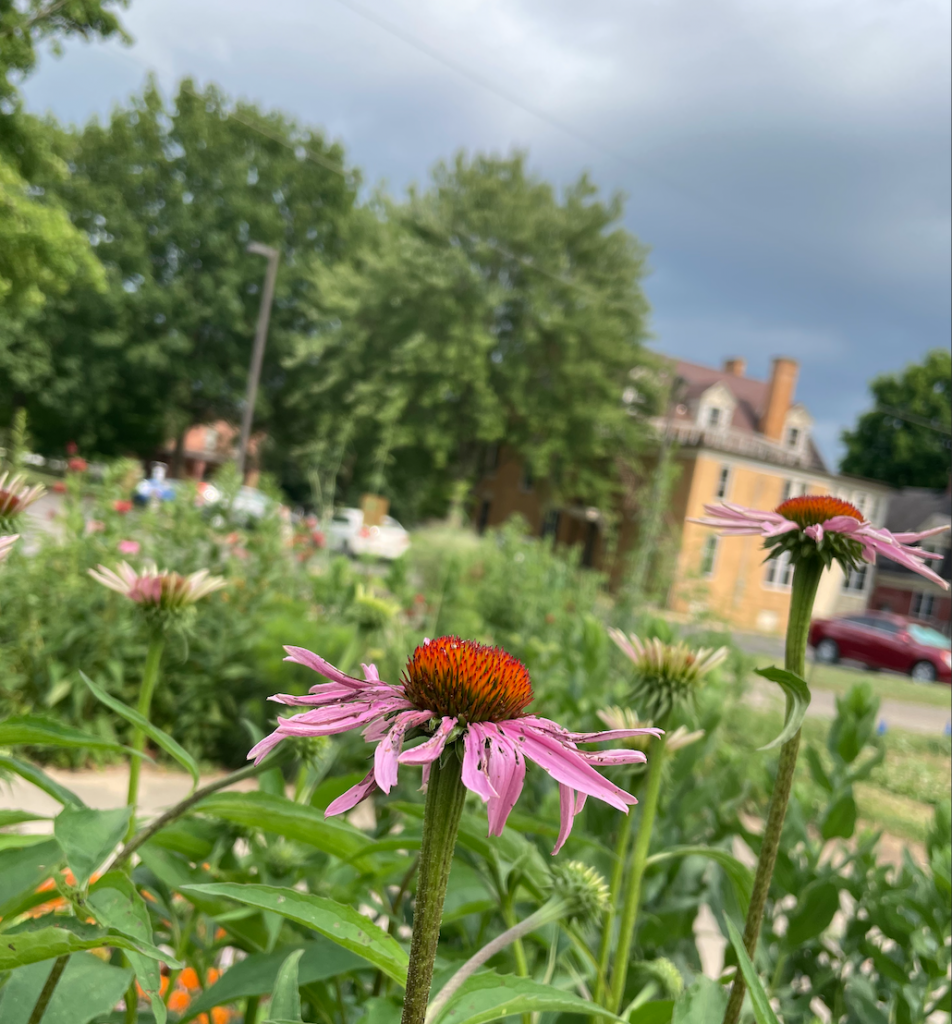
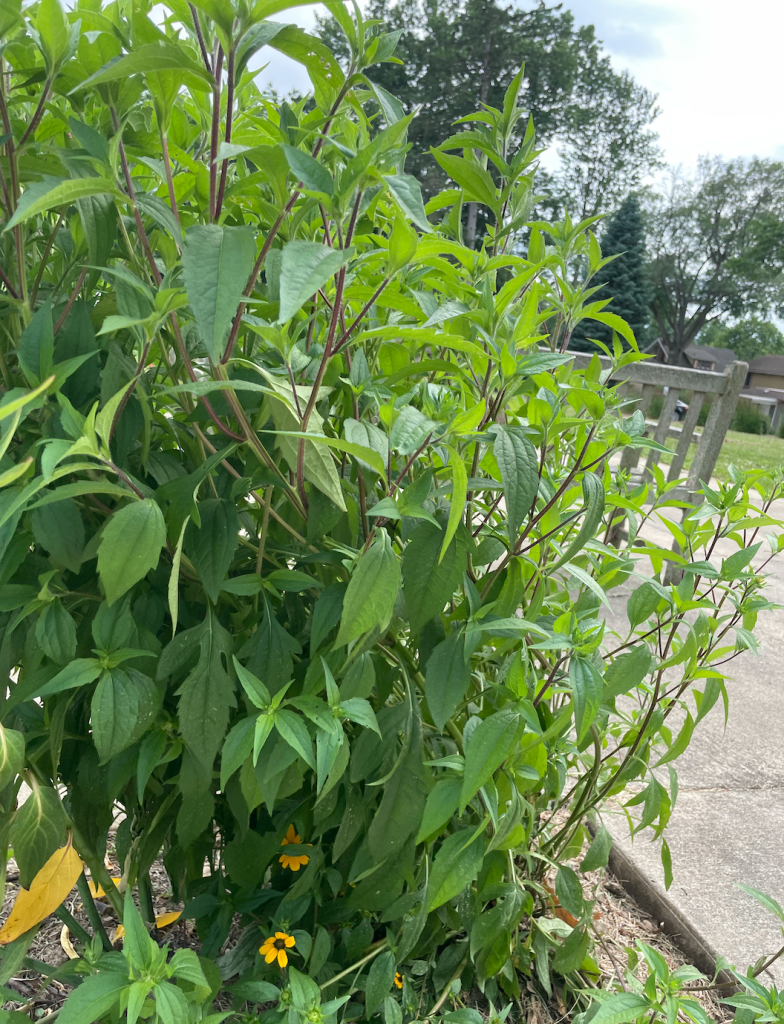
Buzz on the Block
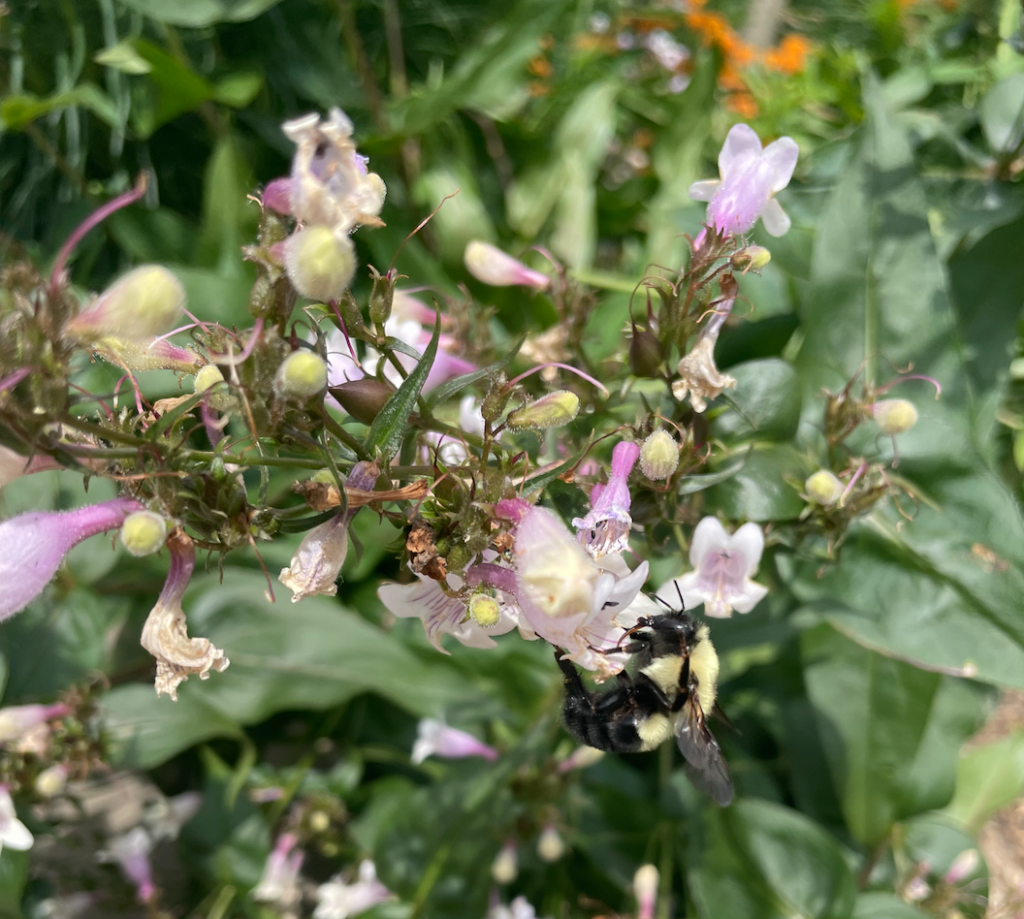

And So It Begins (Again)…
These beetles are quite the bother… Please brush them off or even give ’em the squash!
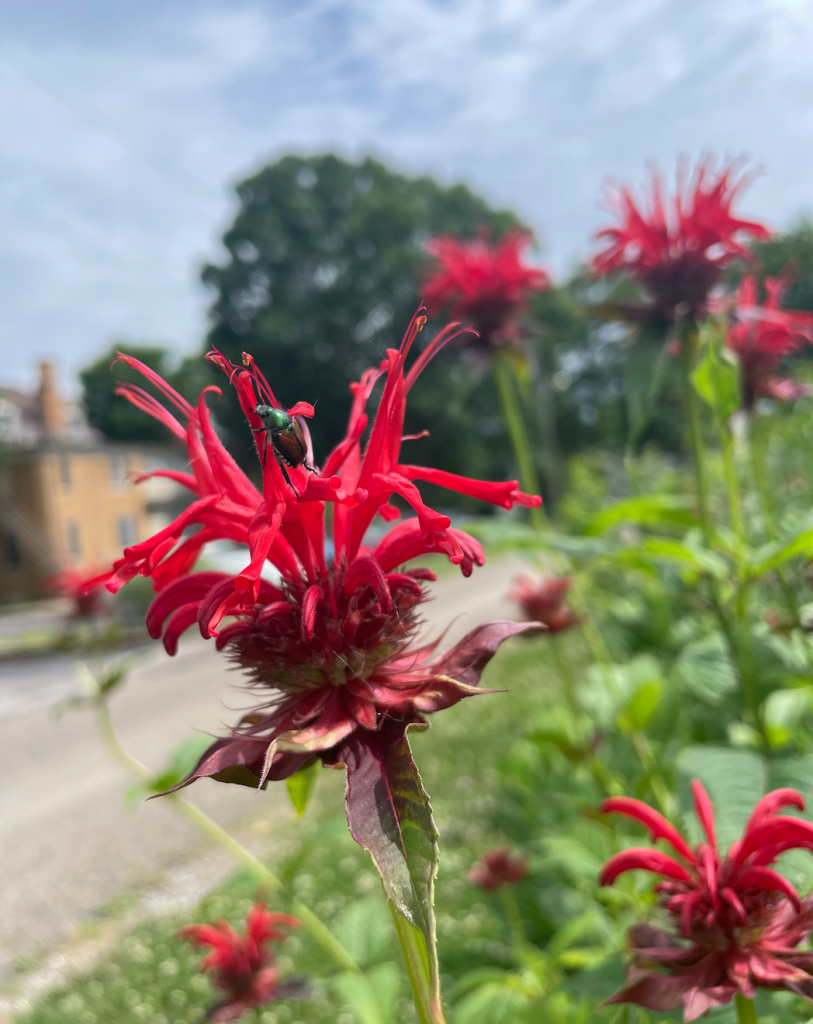
[Vegetable Garden]
Sisters in Straw
Progress updates of the newest edition to the Vegetable Garden. I can’t wait to see how it looks in just a few weeks!
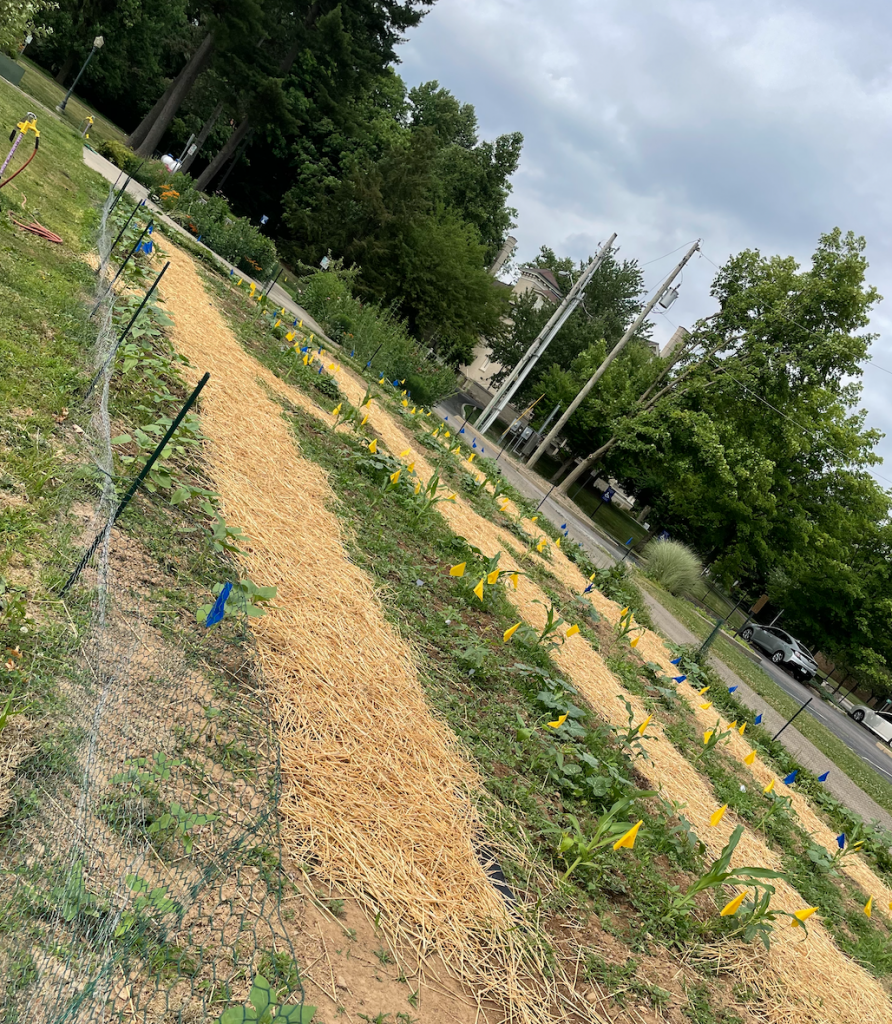
A Lil’ Lift
If you’ve happened by the Vegetable Garden, you will have noticed several newly raised beds along with fresh aisle way bedding. Check in later to see what they will be planting!
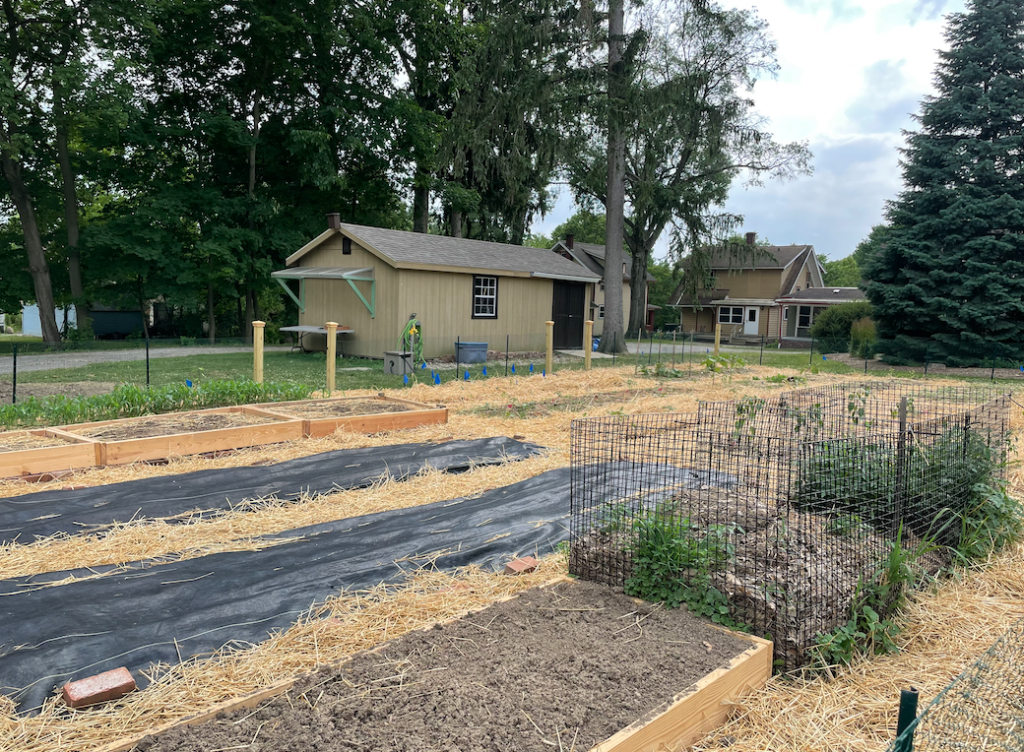
[In the Field]
Last Wednesday, Dr. Moreno and I set up his mulch experiment site located at Lavender Trails in Orrville, OH. Due to the intense rainfall we experienced this past Spring, in combination with a longer winter than previous years, lavender farmers around the county lost a large percentage of their lavender plants. This meant that we got to replant lavender for a few hours!
Whether you find yourself in the surrounding area or are in search of a place to pick your own herbal essence, Lavender Trails opens for business next week!
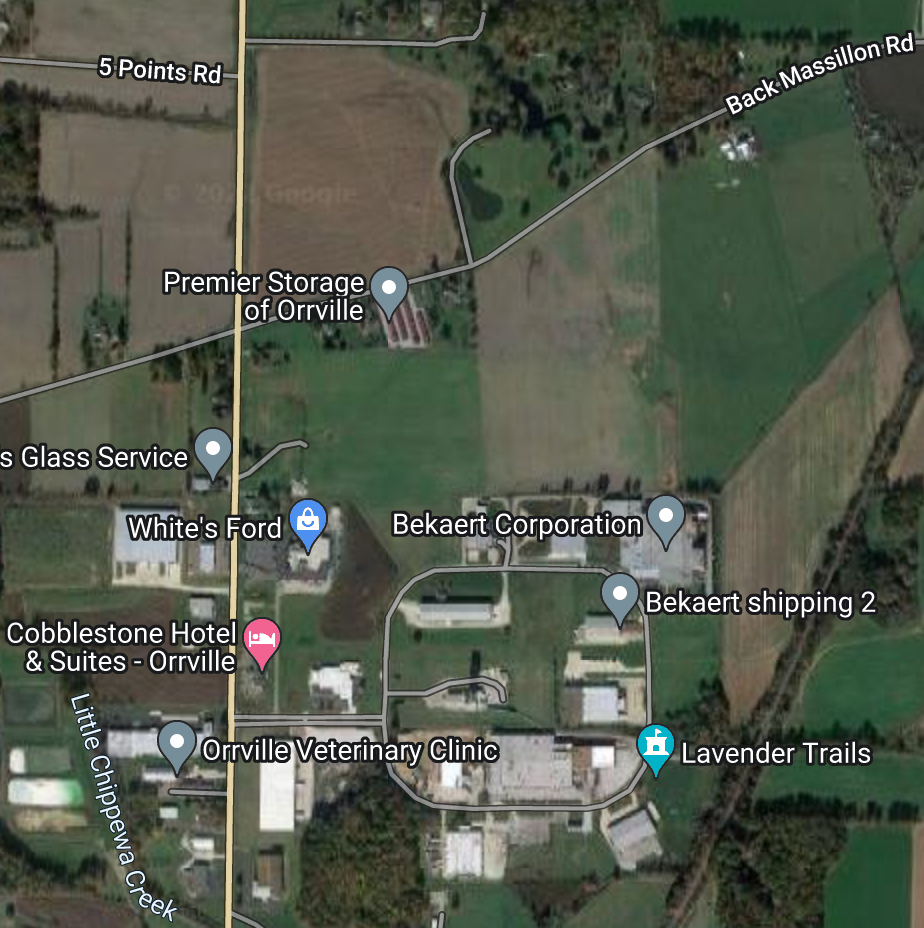
[Accompl(i.s.)hments ]
I finished setting up the flags where I will be collecting data for my Independent Study research! Despite seeming like a small task, this enables me to set up my pan traps and effectively “start” my study. Although no bowls were out on Saturday I did see a bunch of bees buzzing about! While it saddens me that I will not be able to rerelease the bees after identification, I am encouraged to know that y’all will join me in appreciating their pictures along the way.
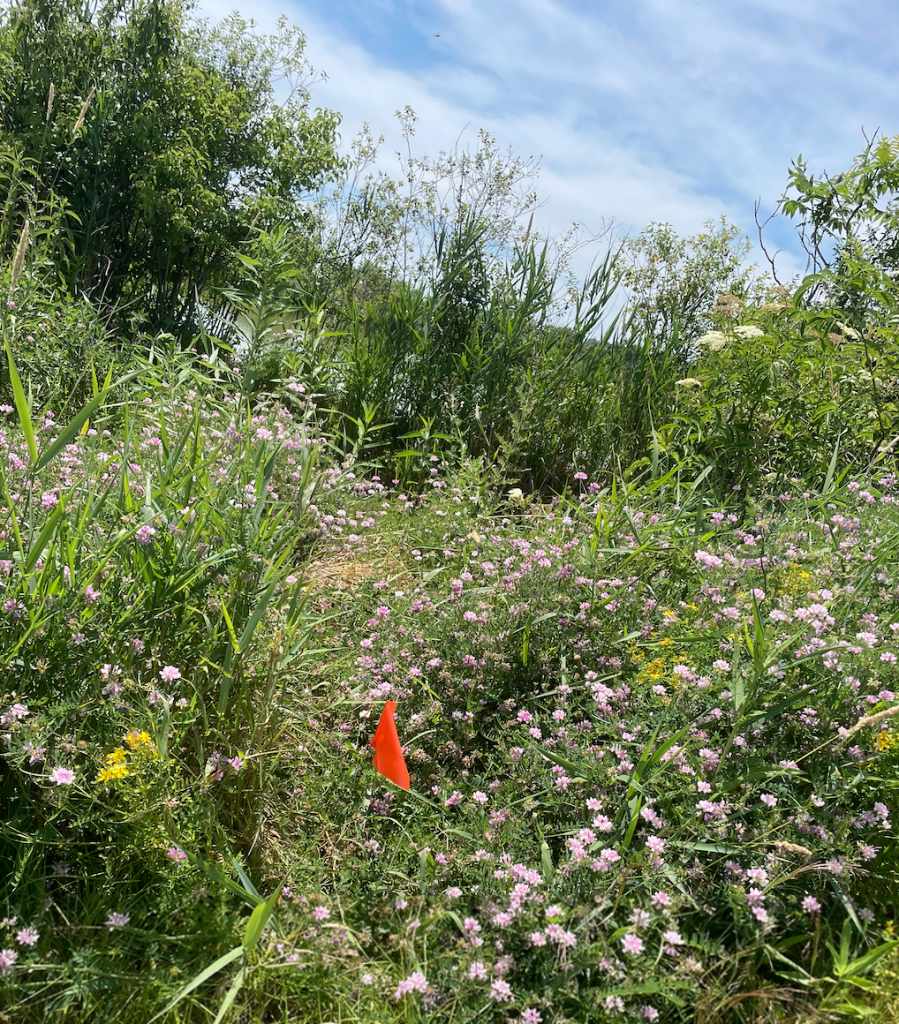
[Until We Meet Again]
Same time, same place. See ya next Sunday!
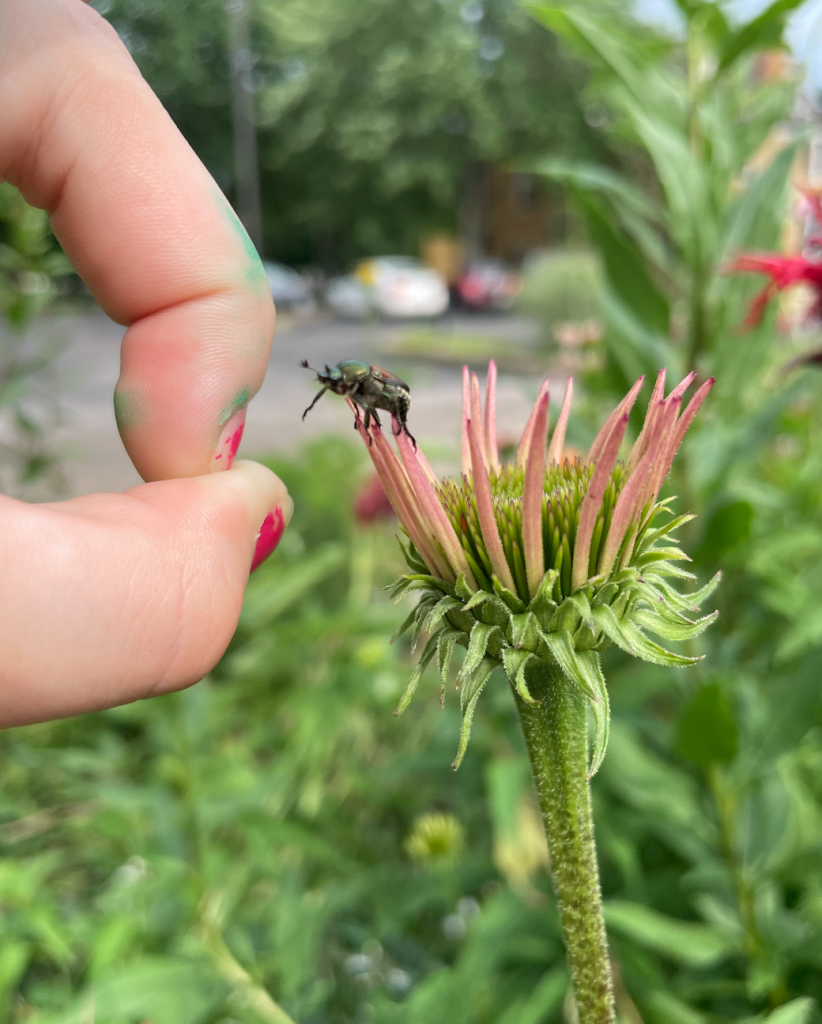
(Bee Pun Counter: 6)
——- You have reached the end of this entry ———
